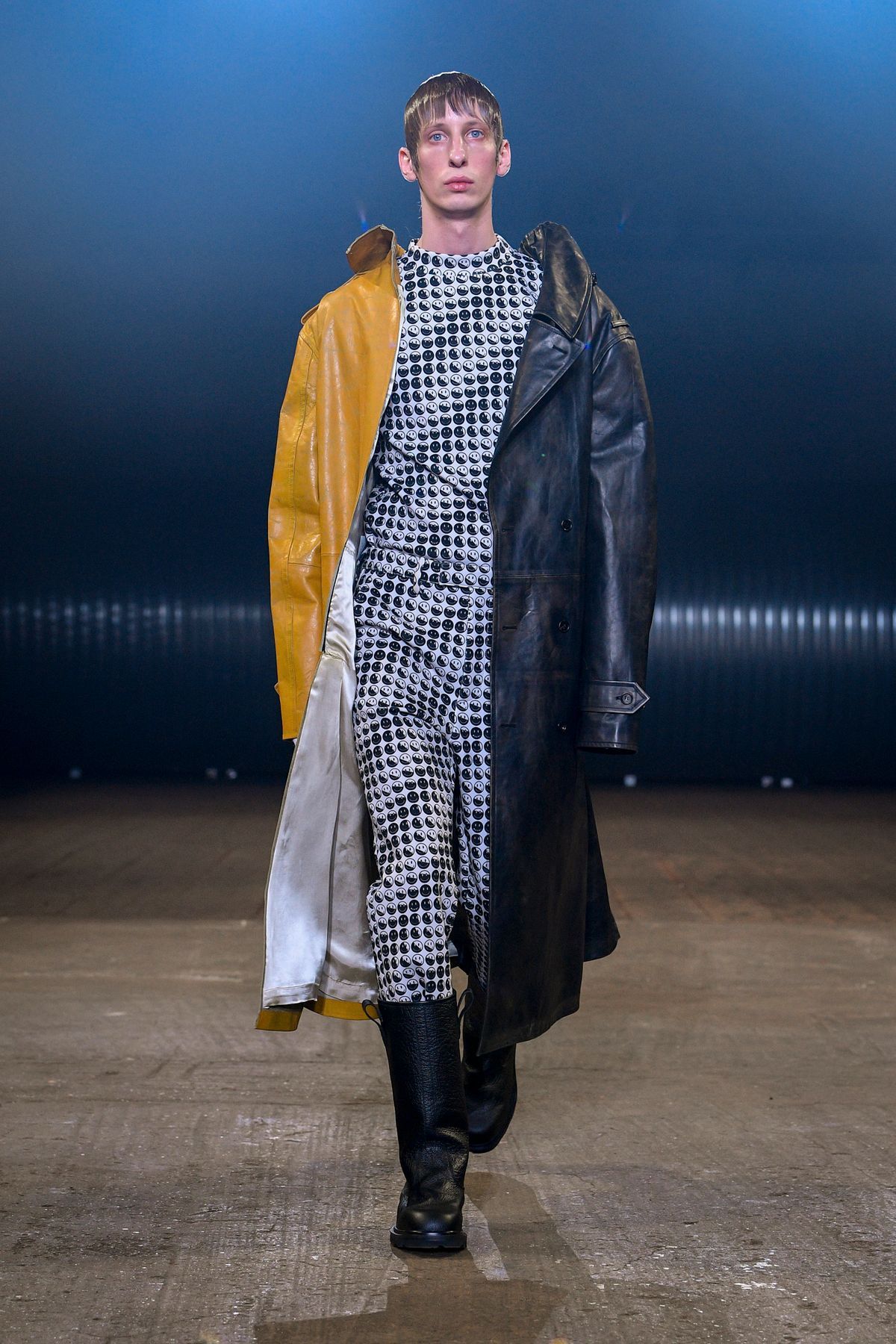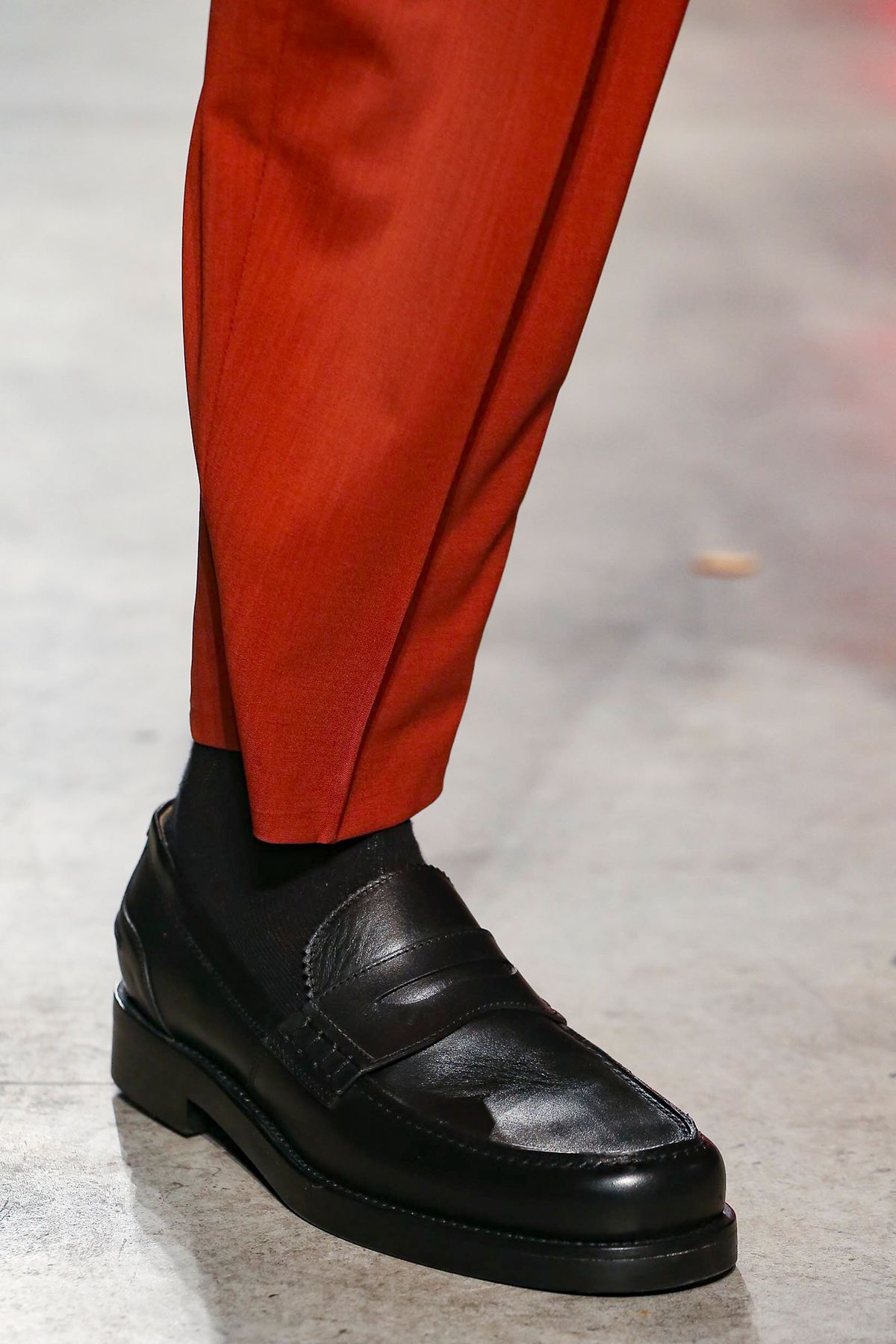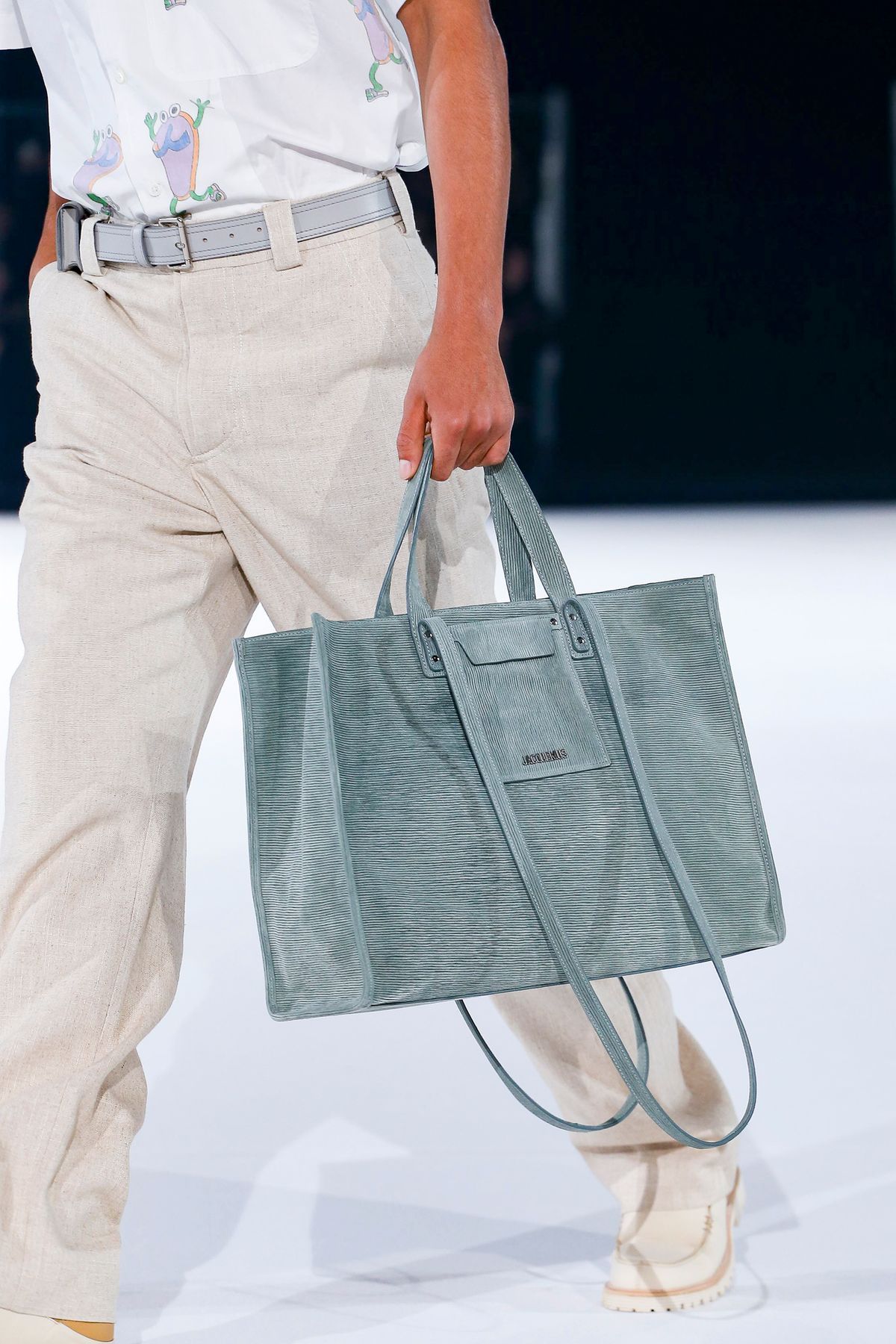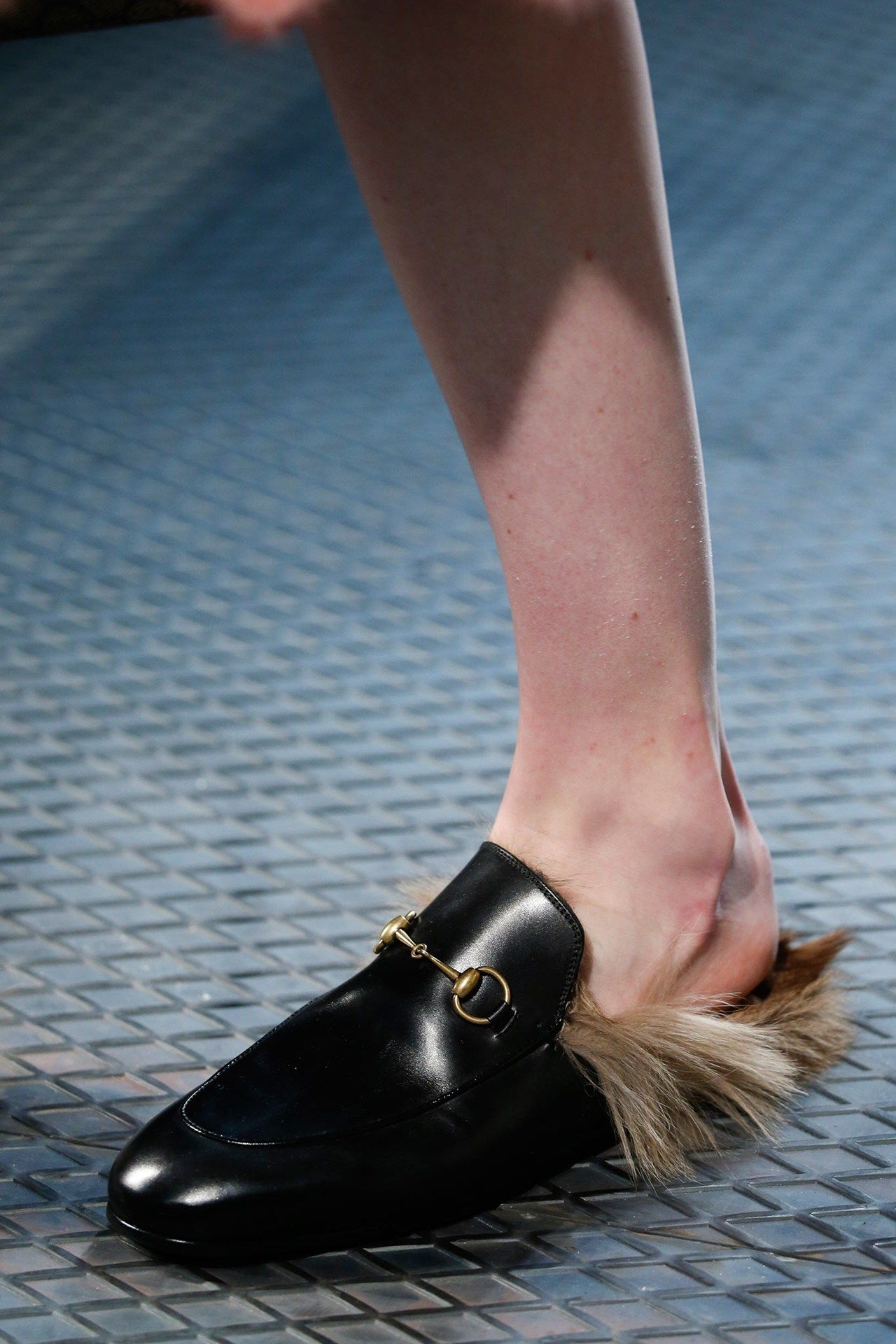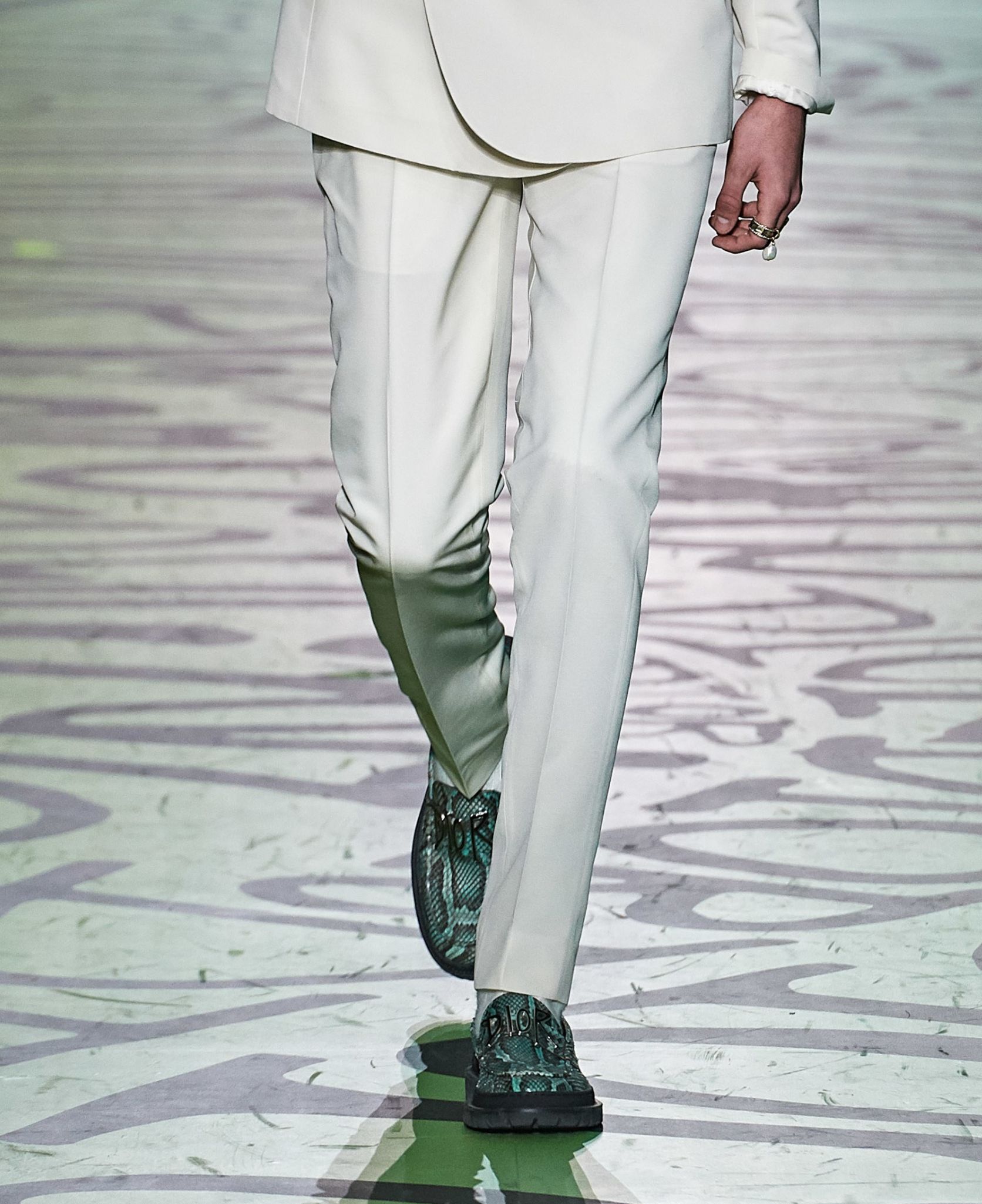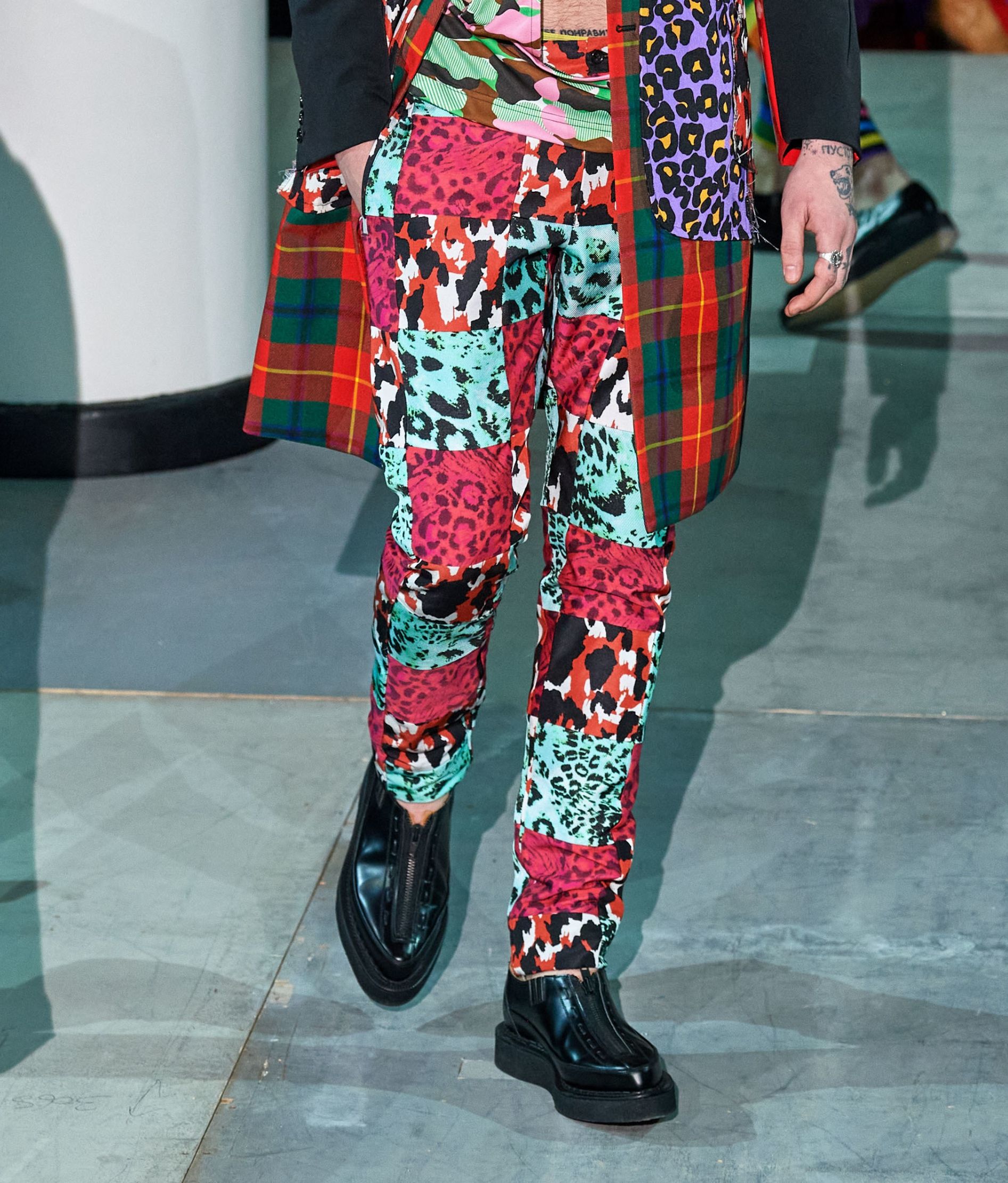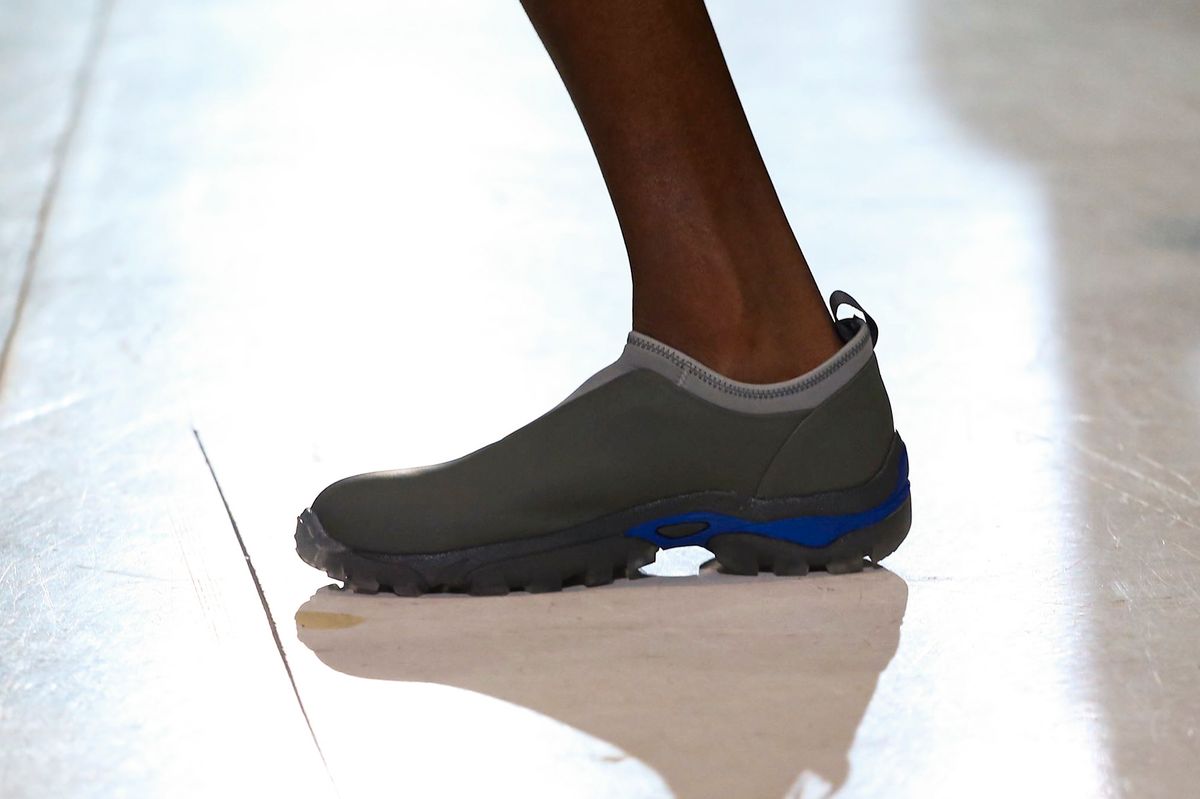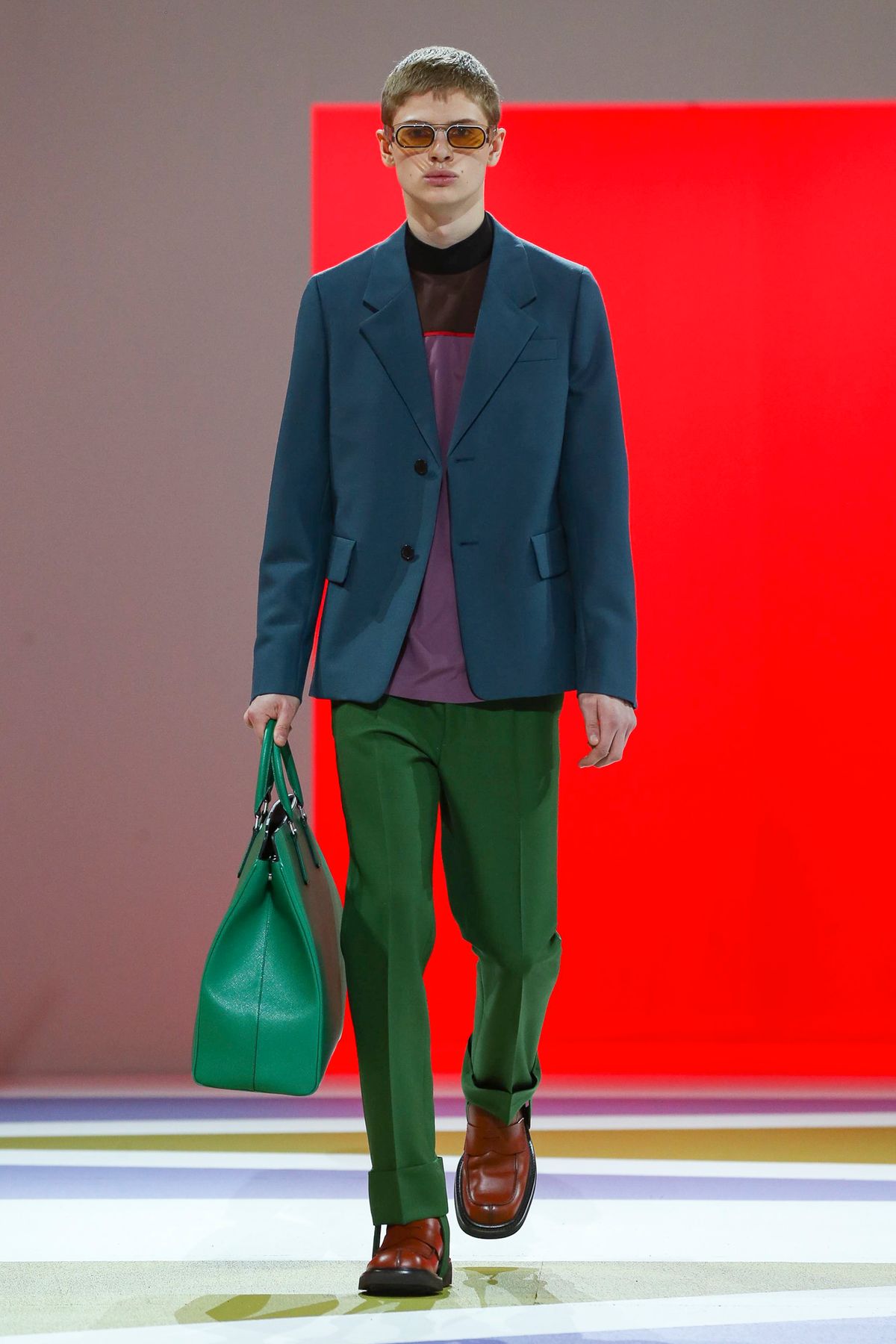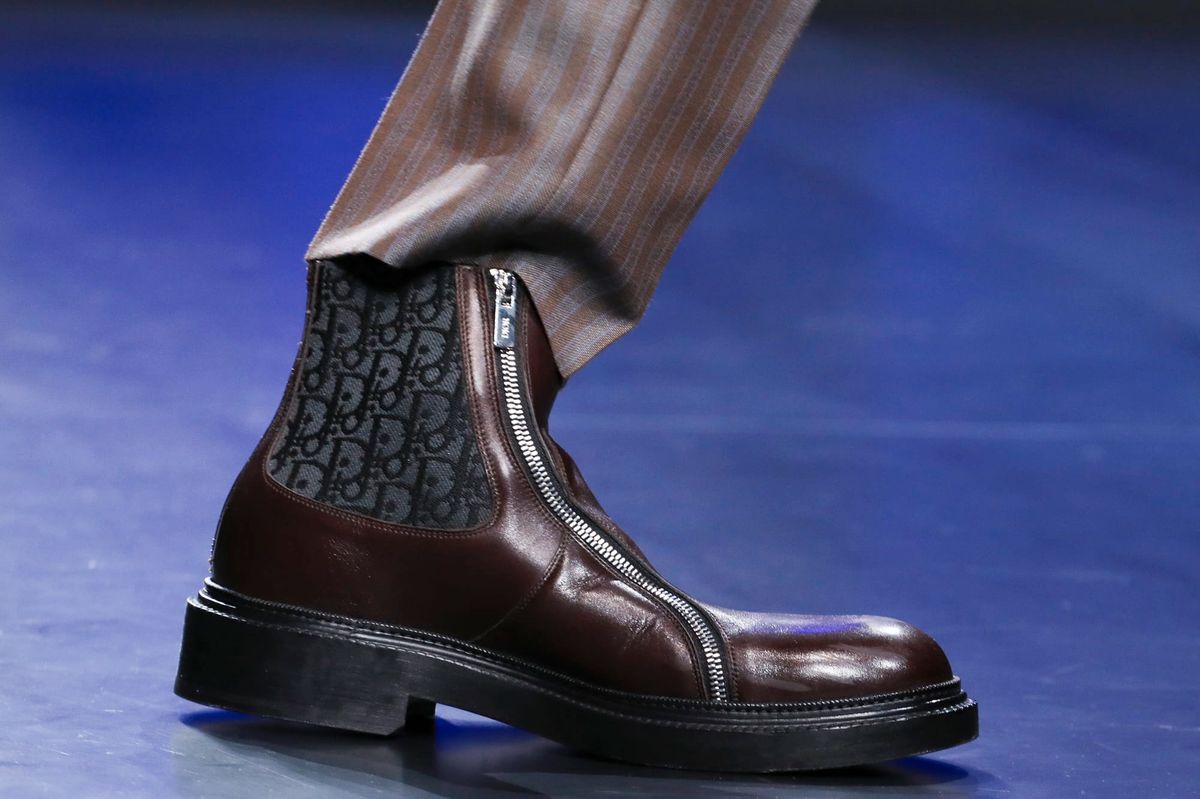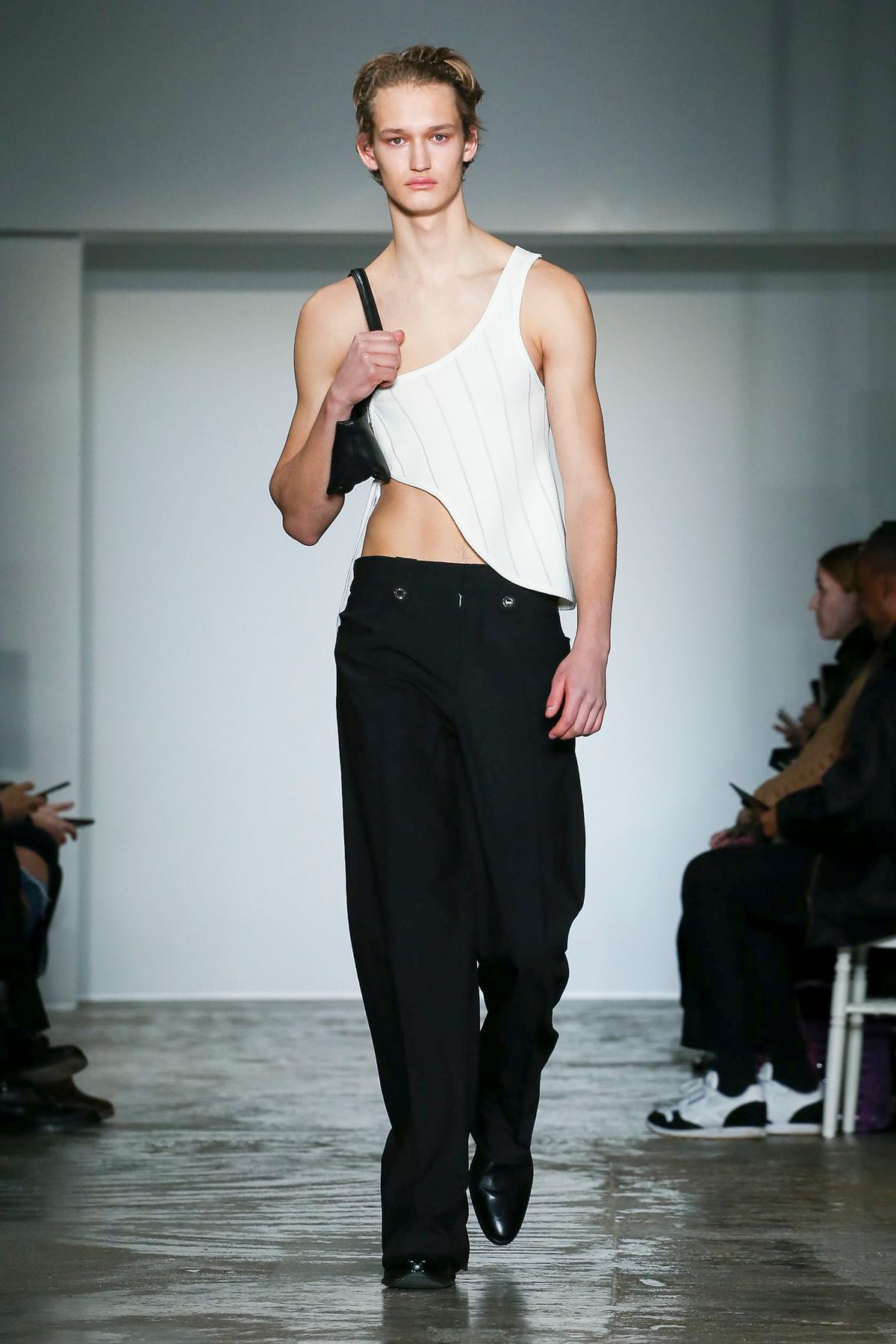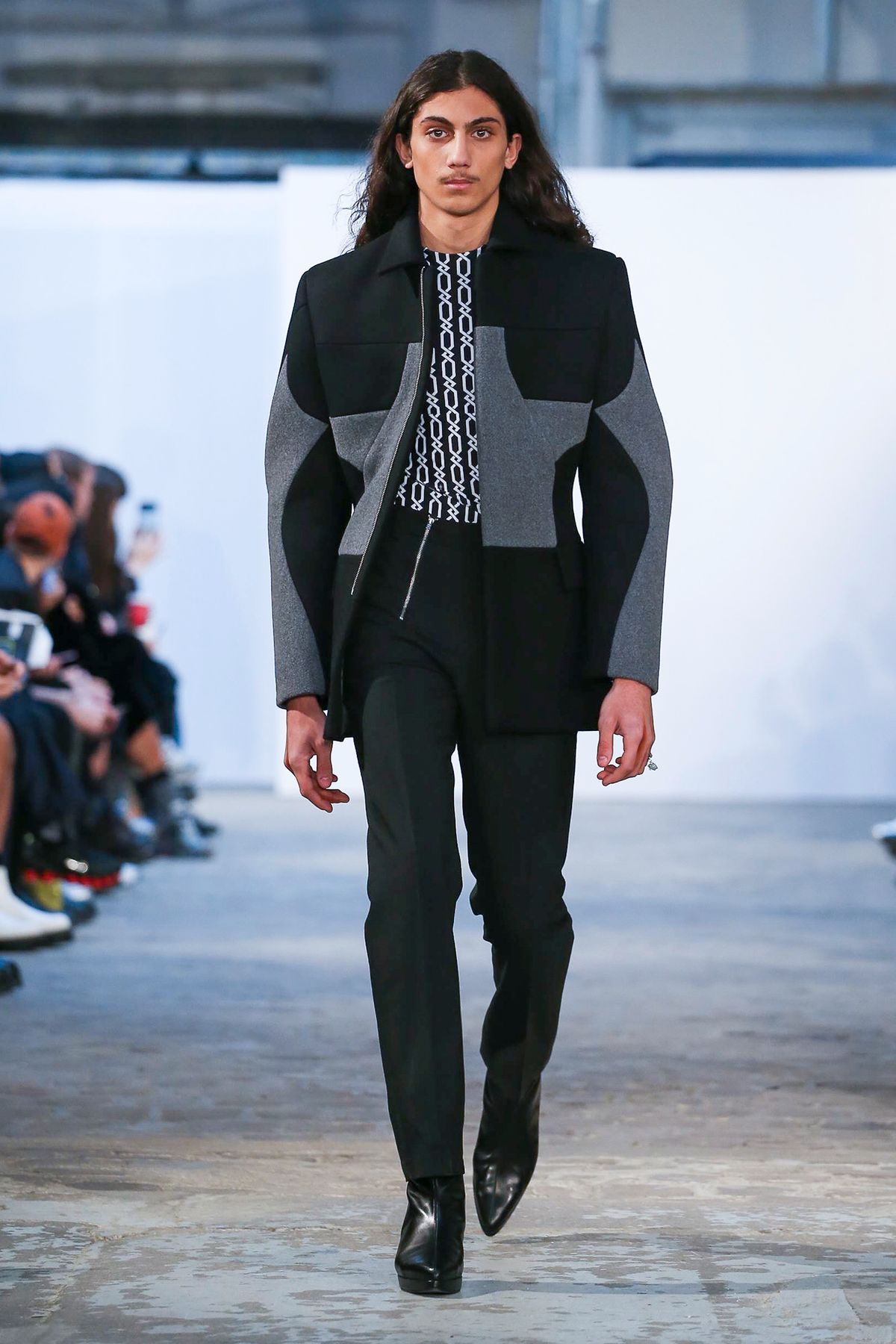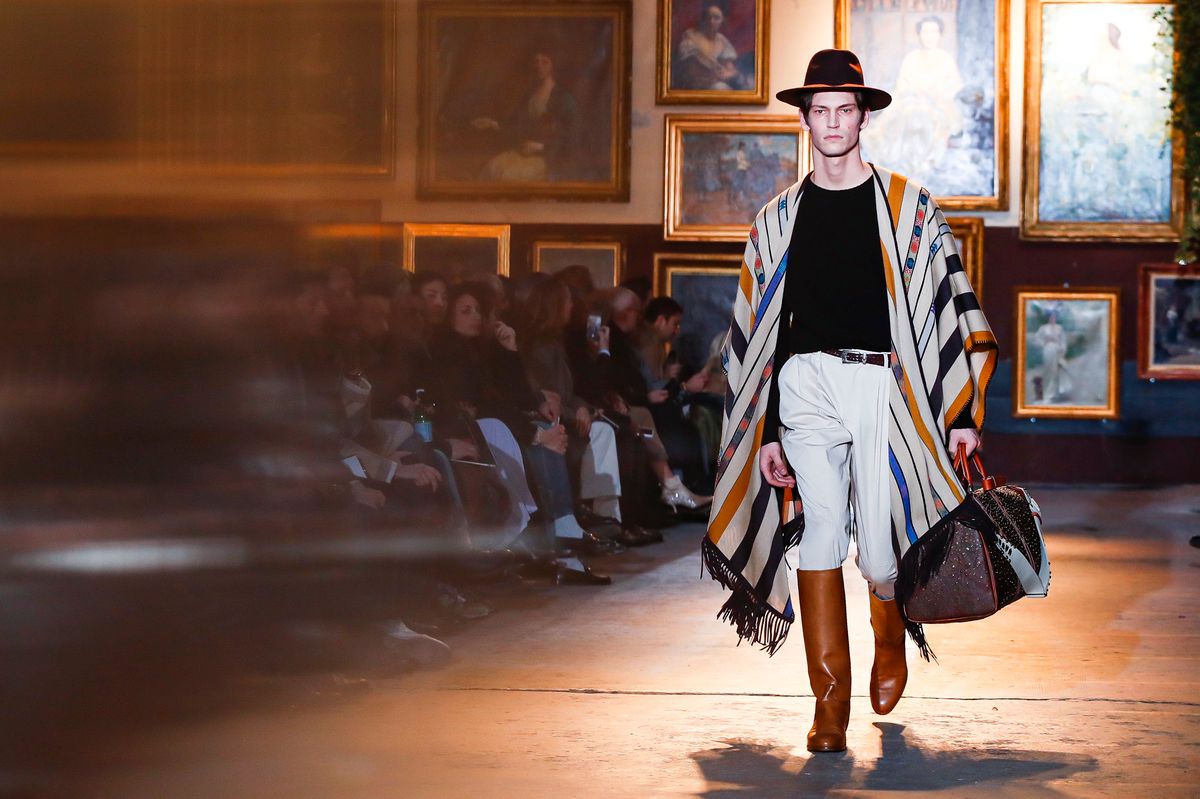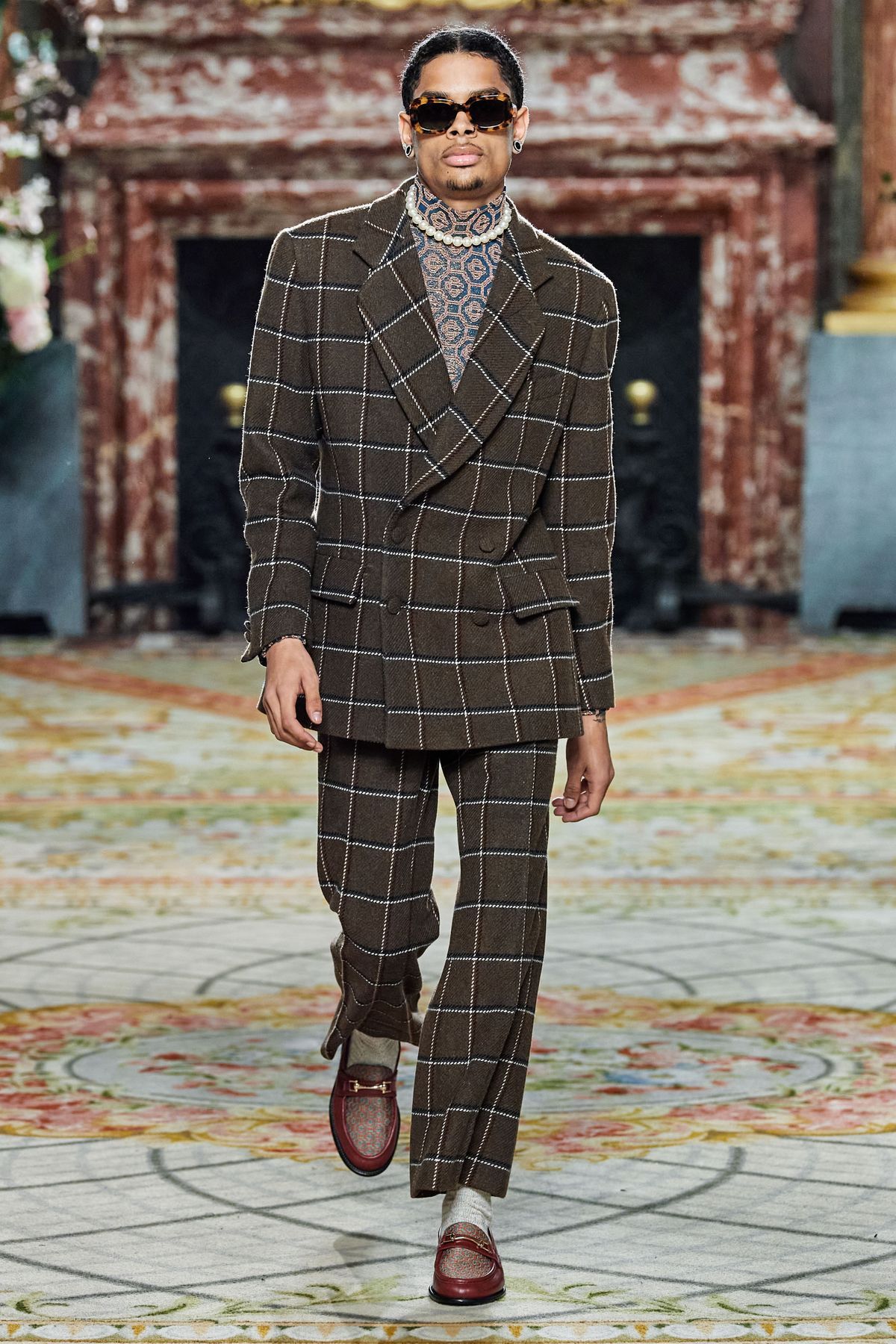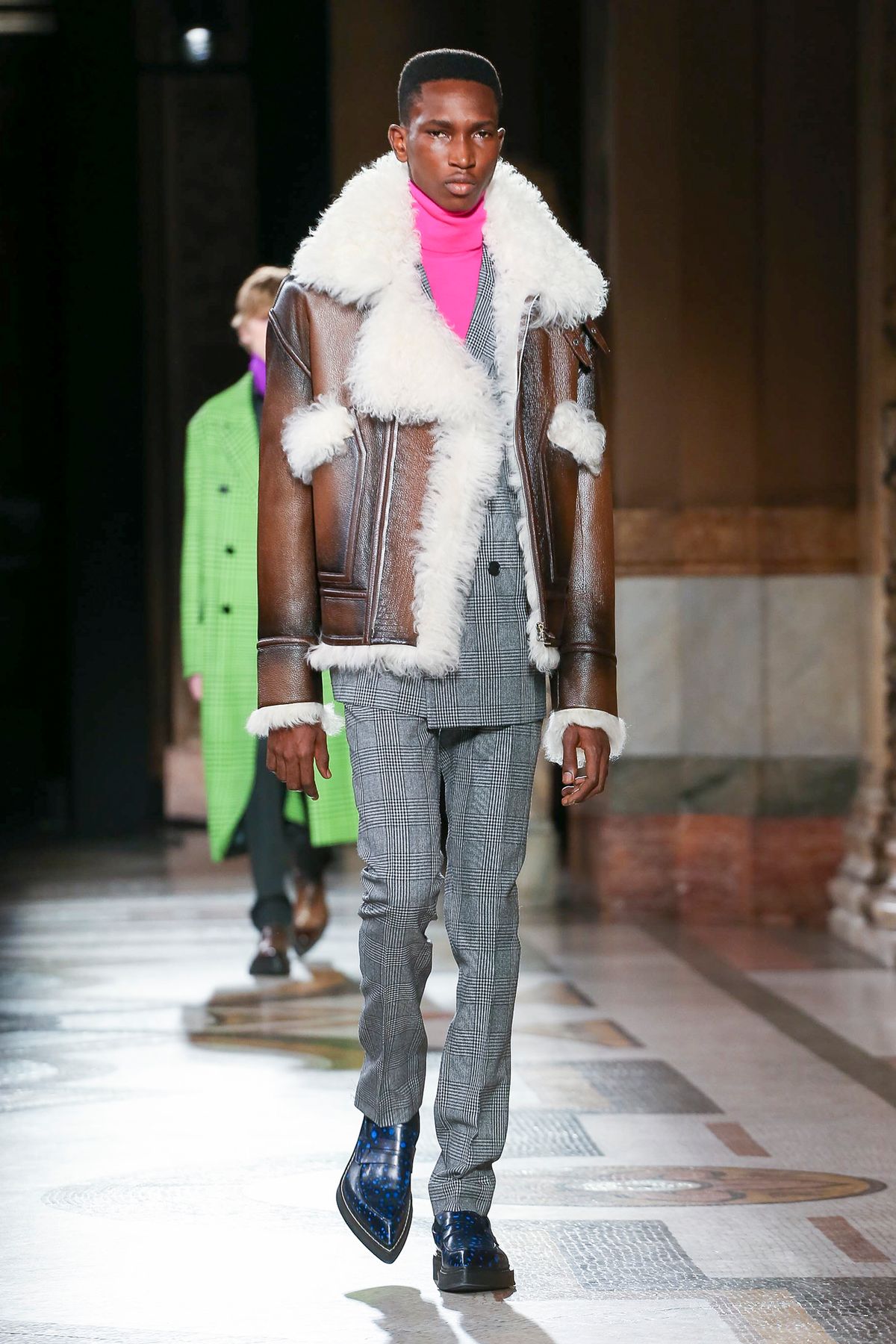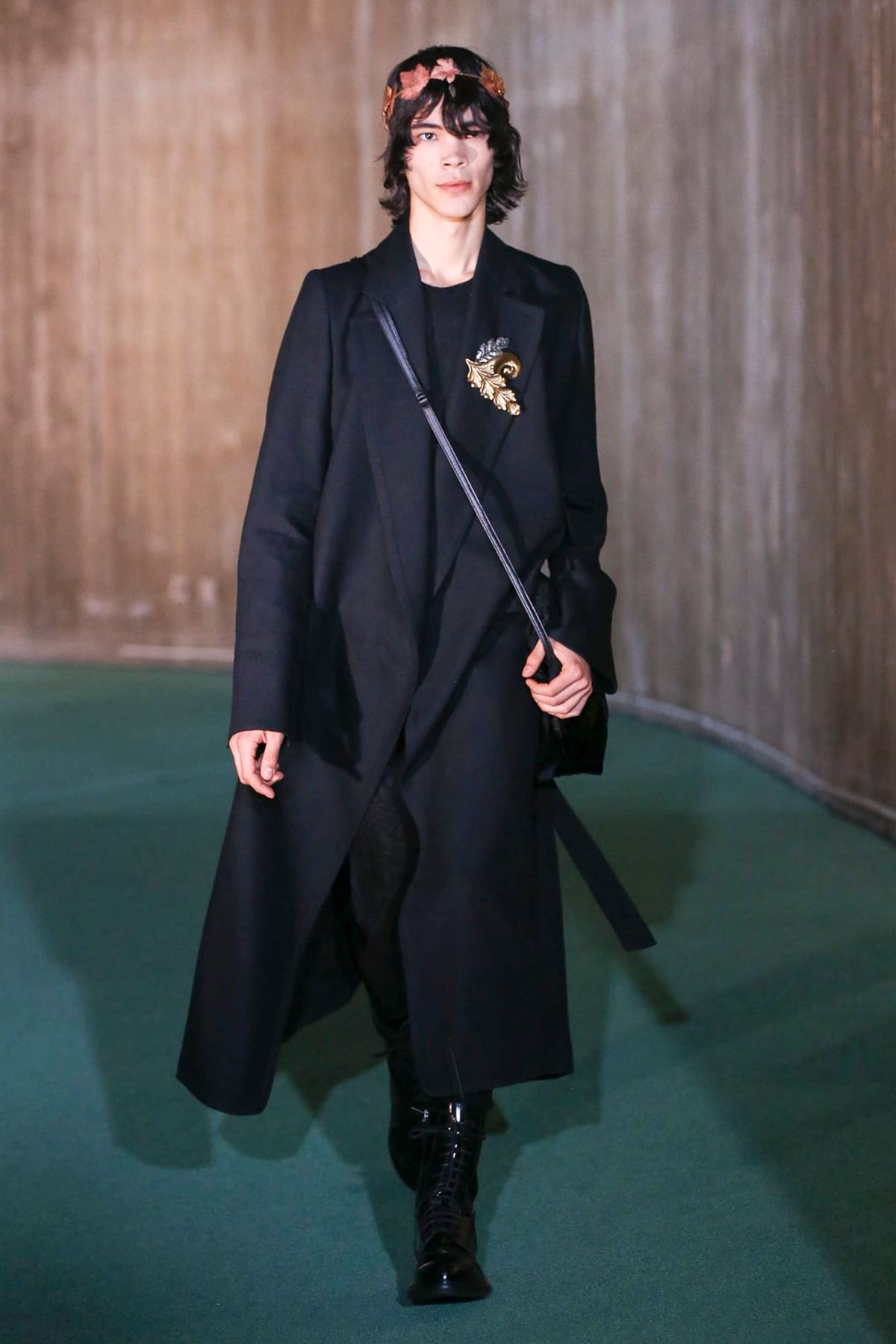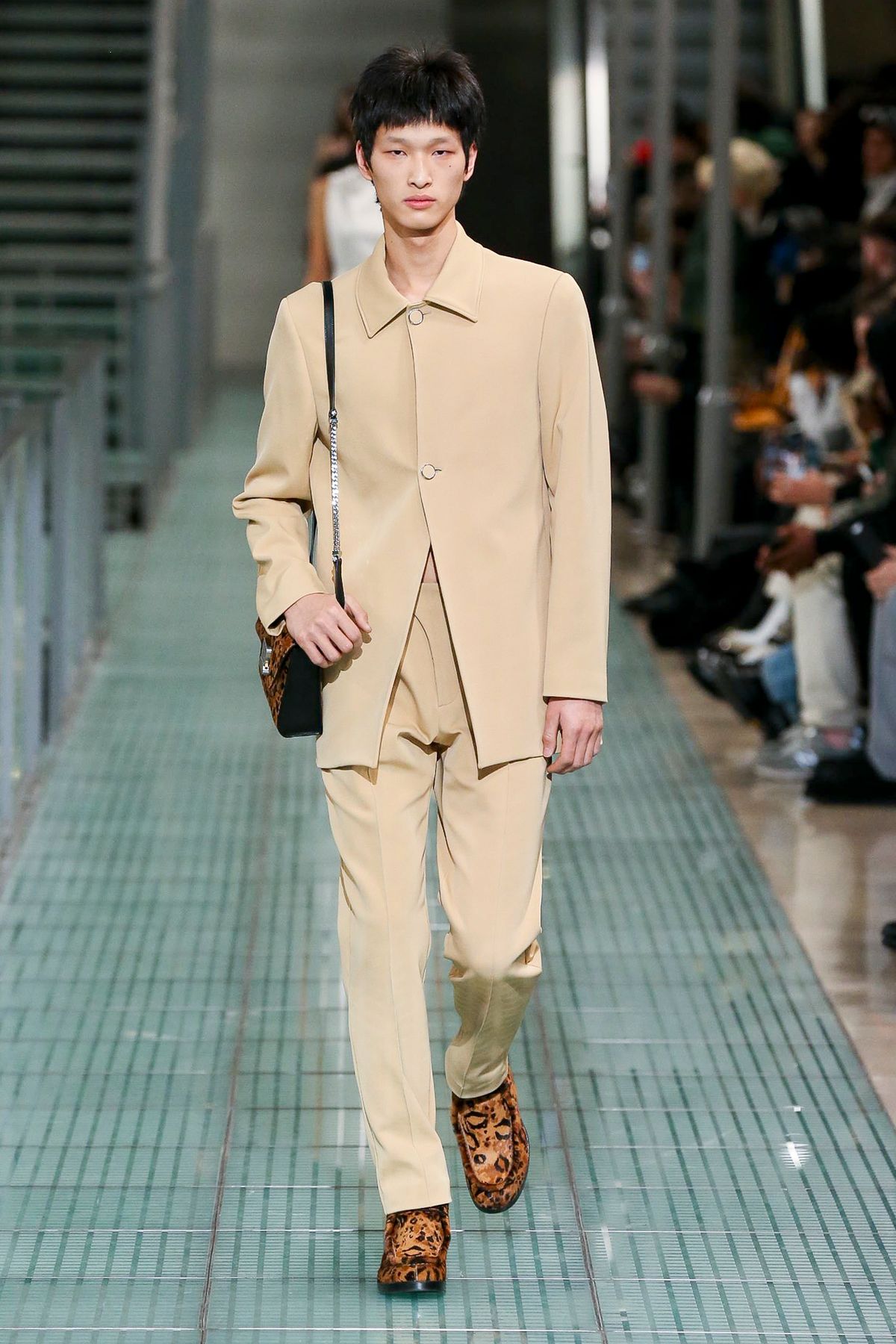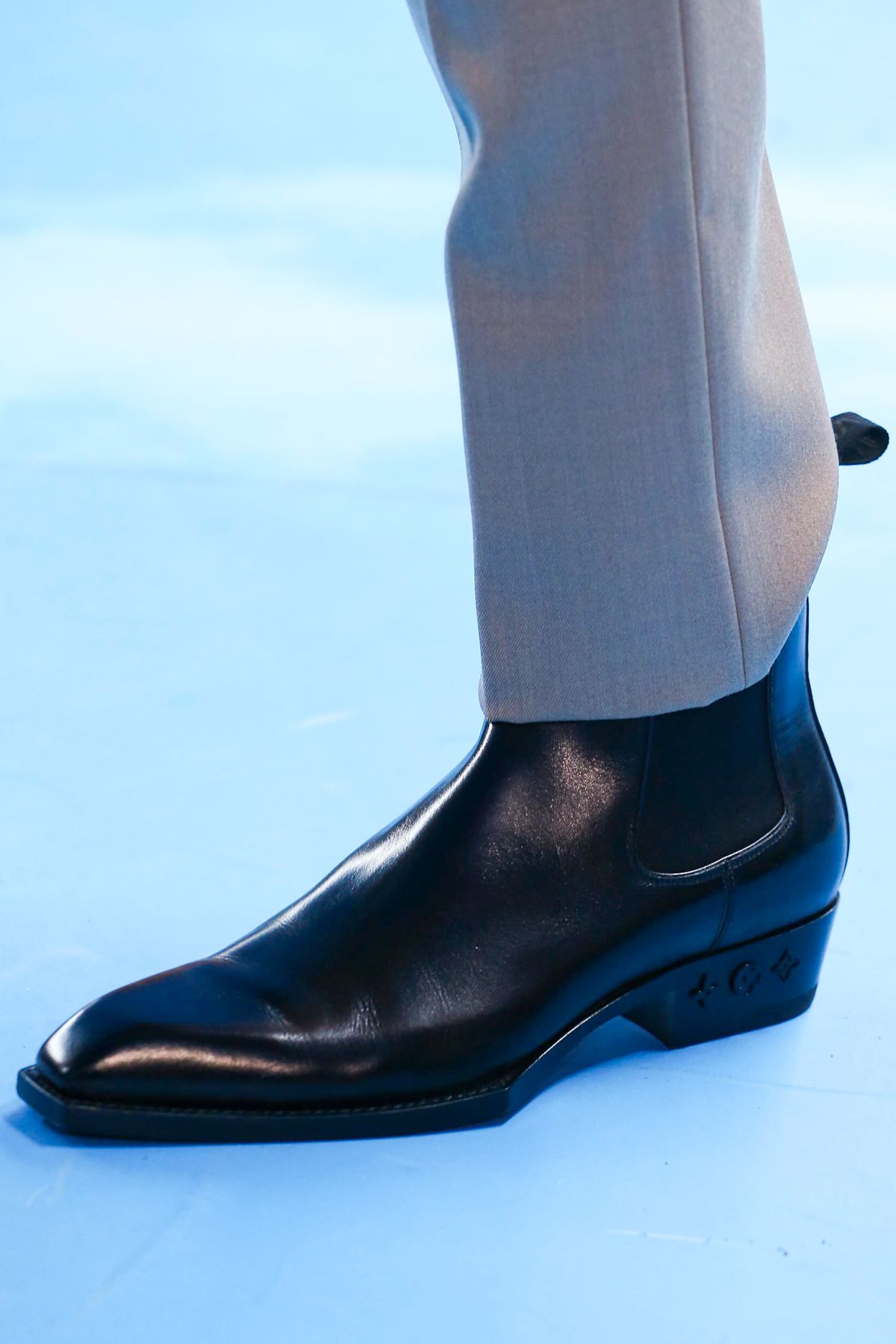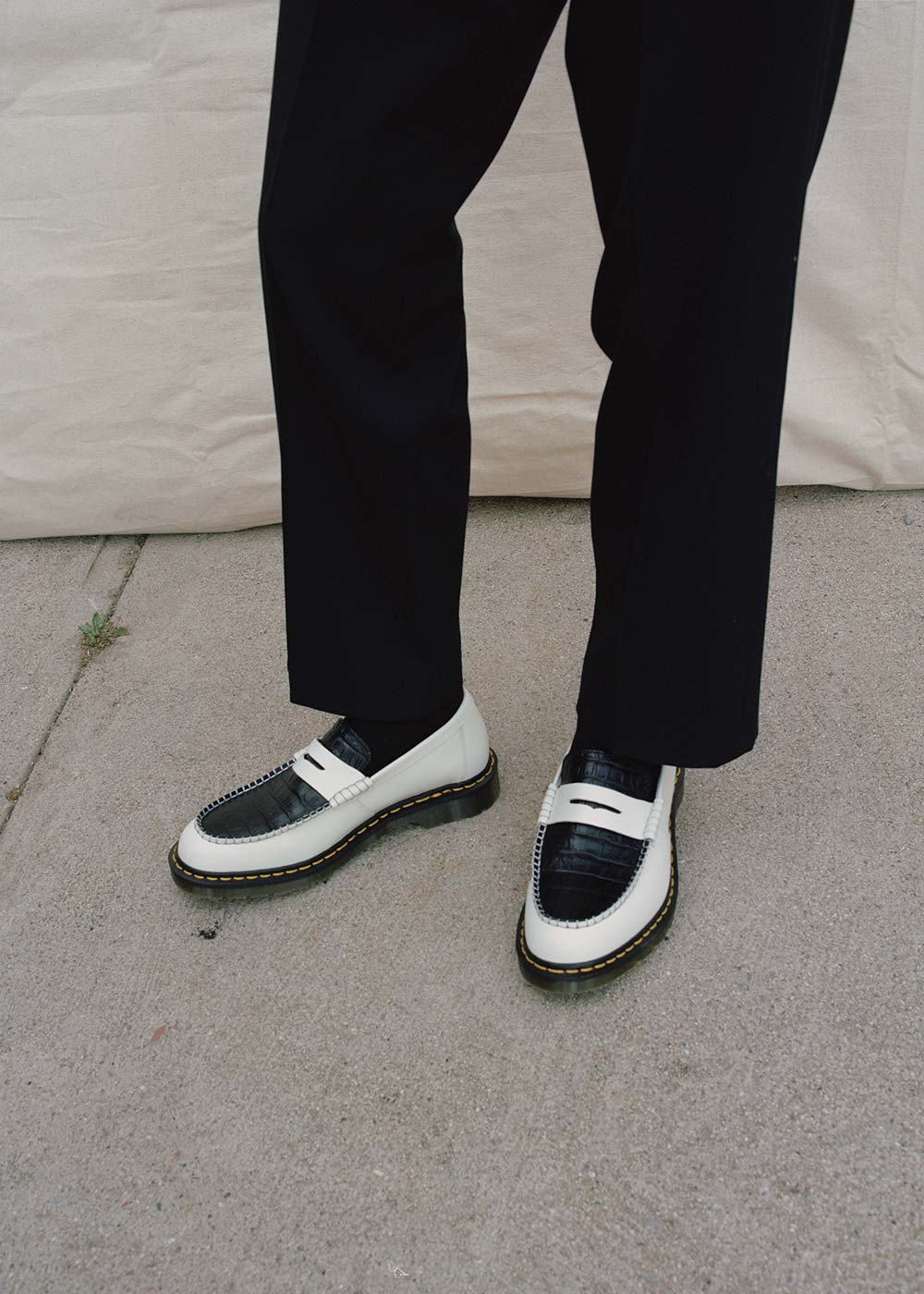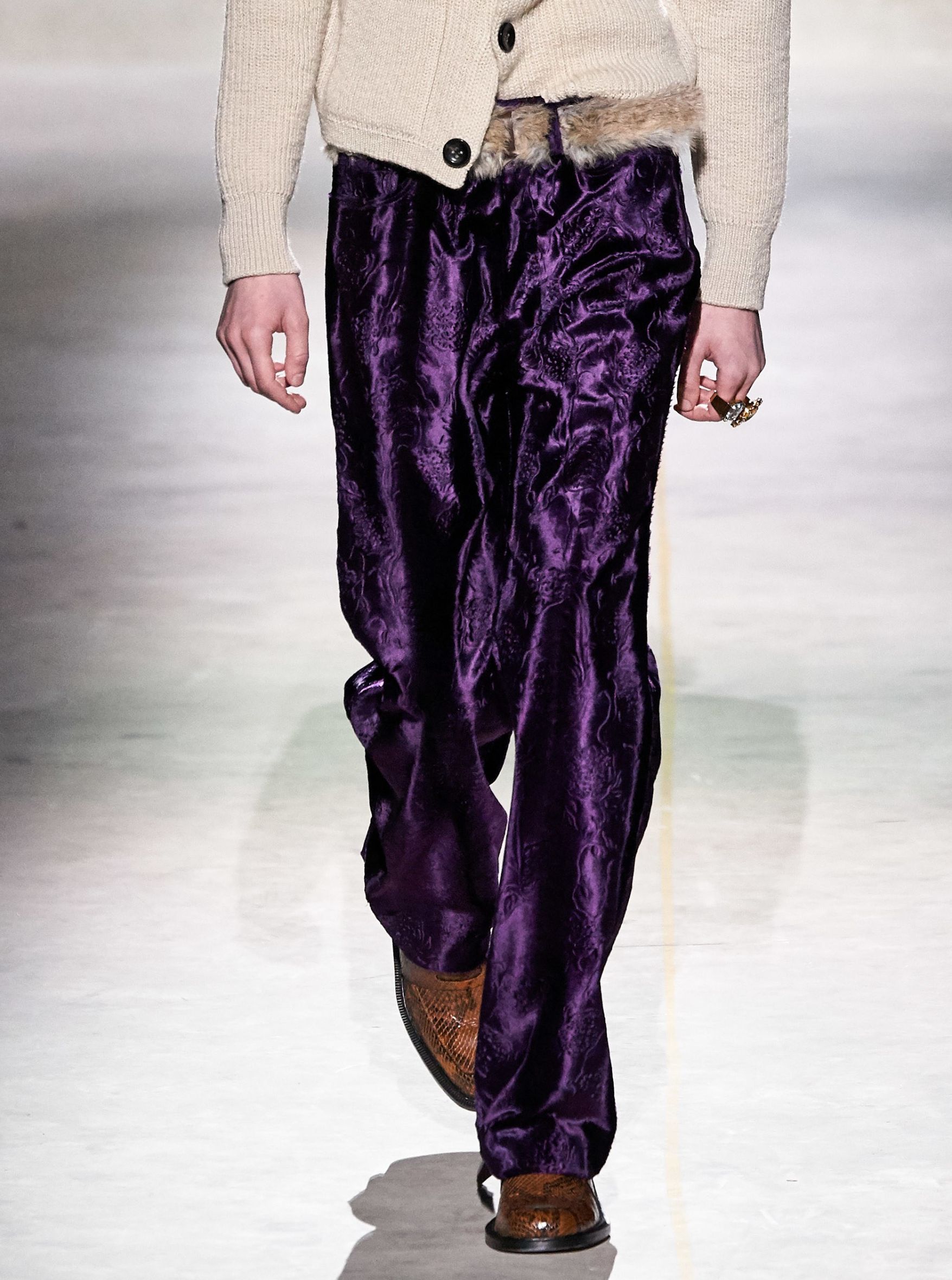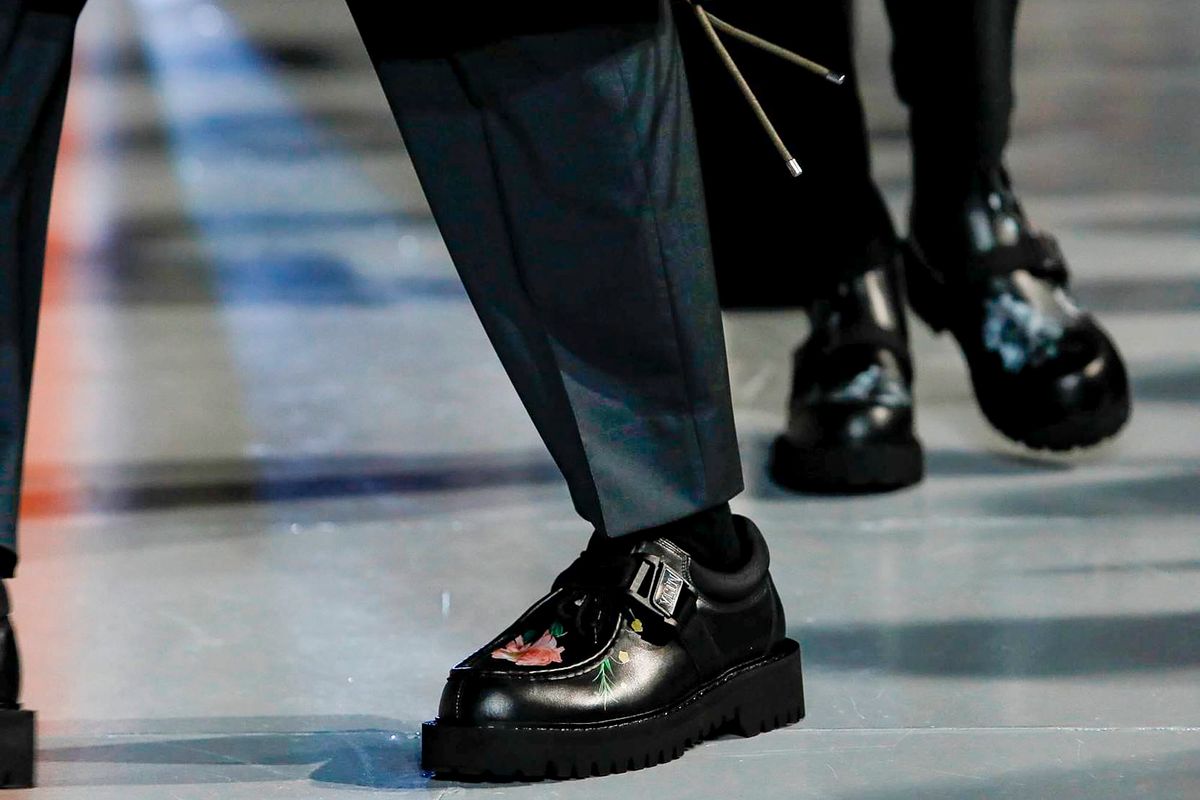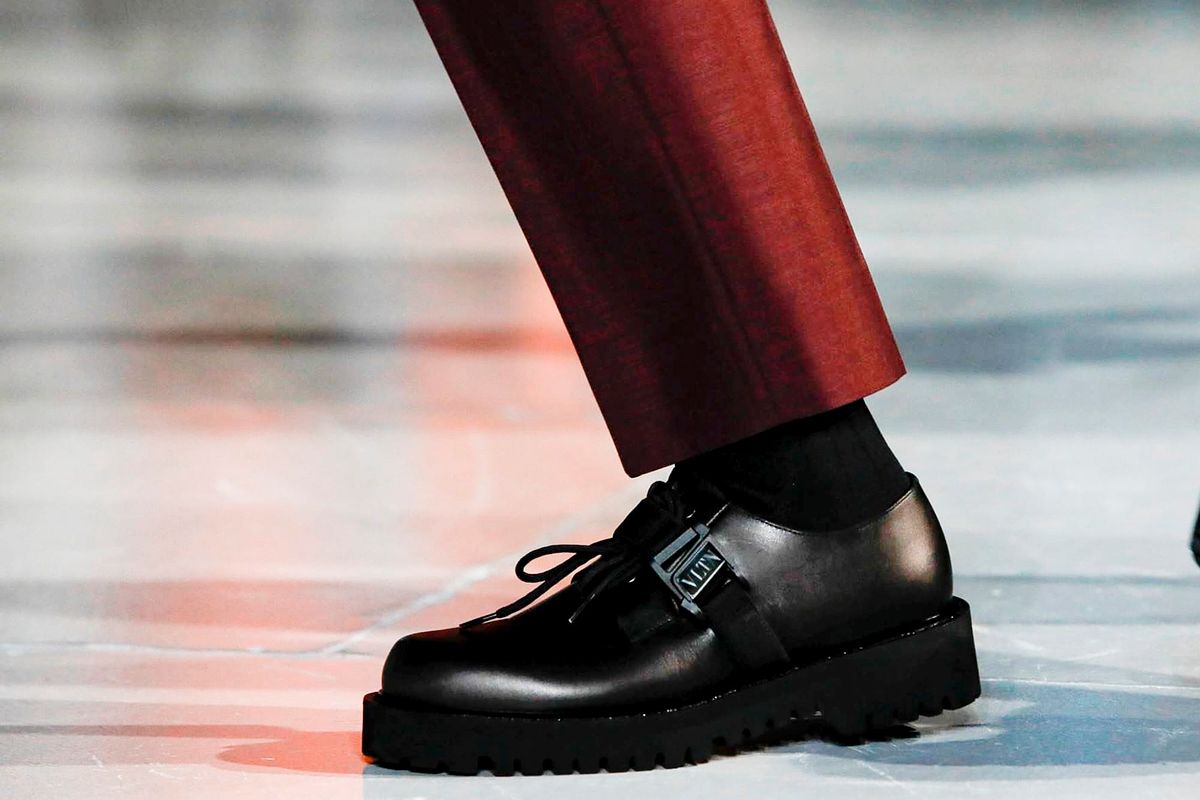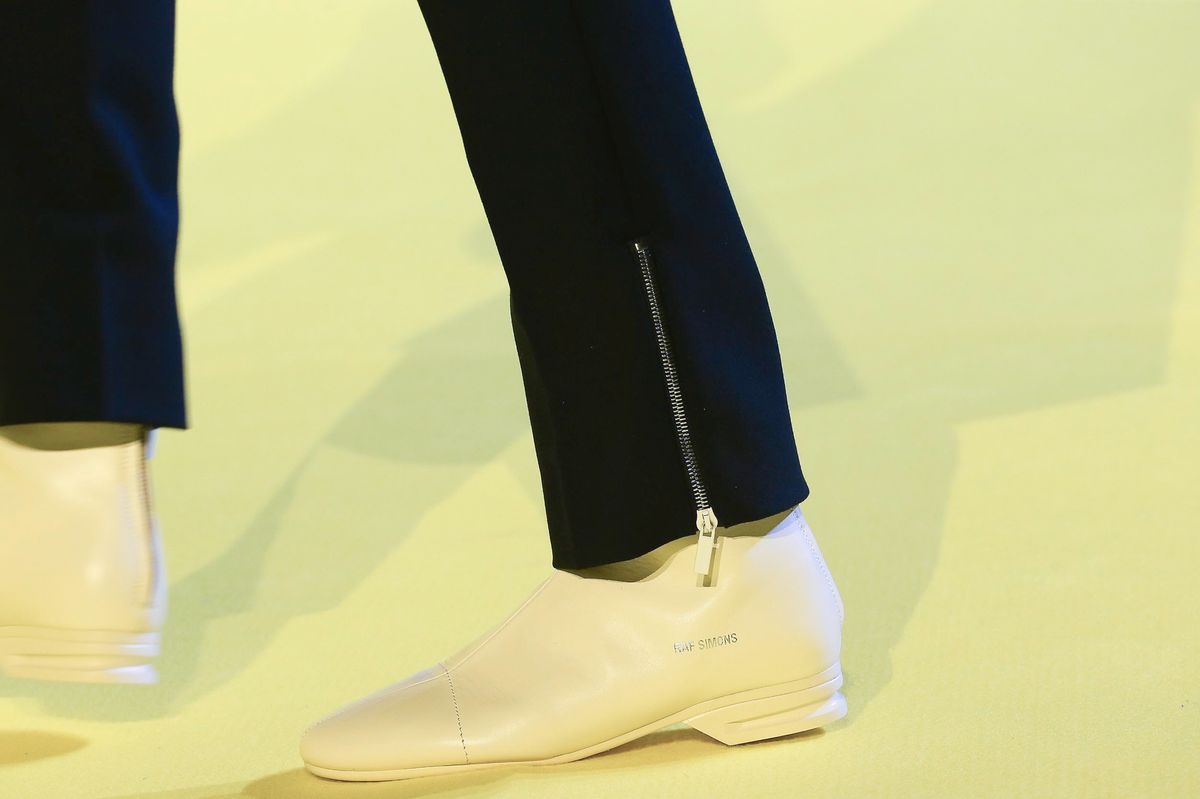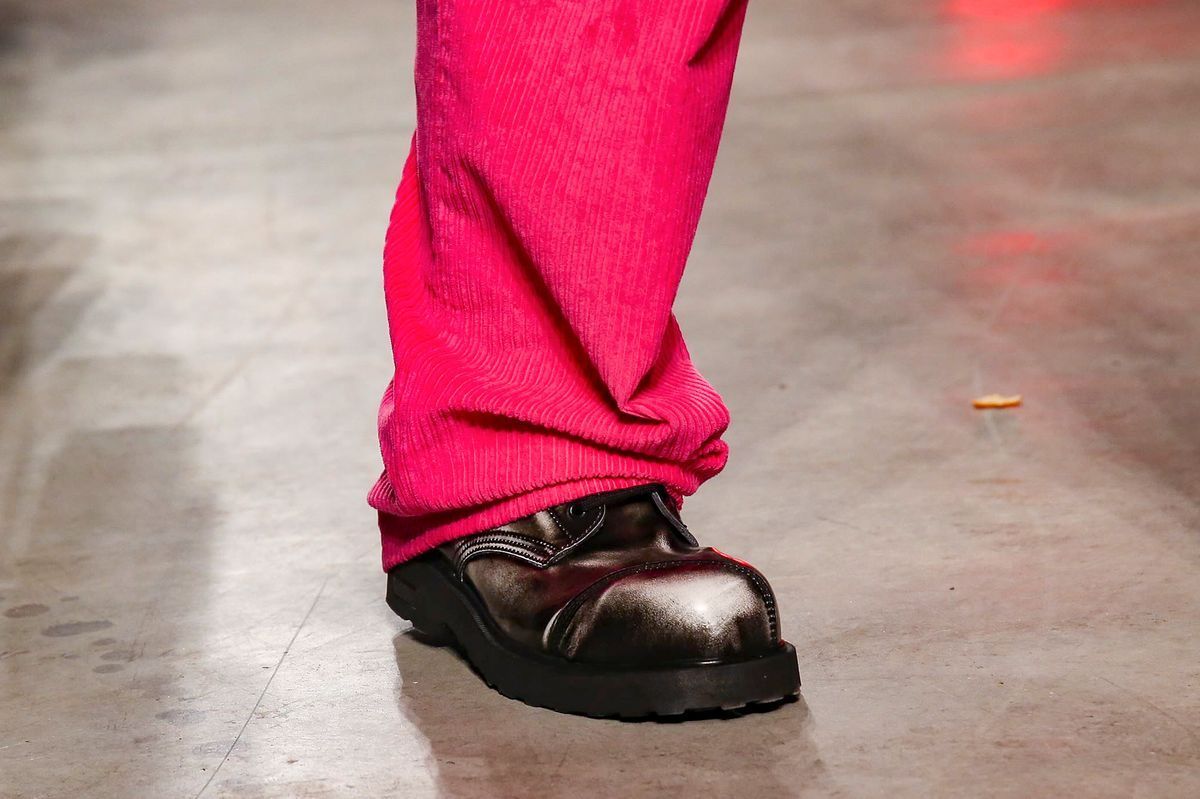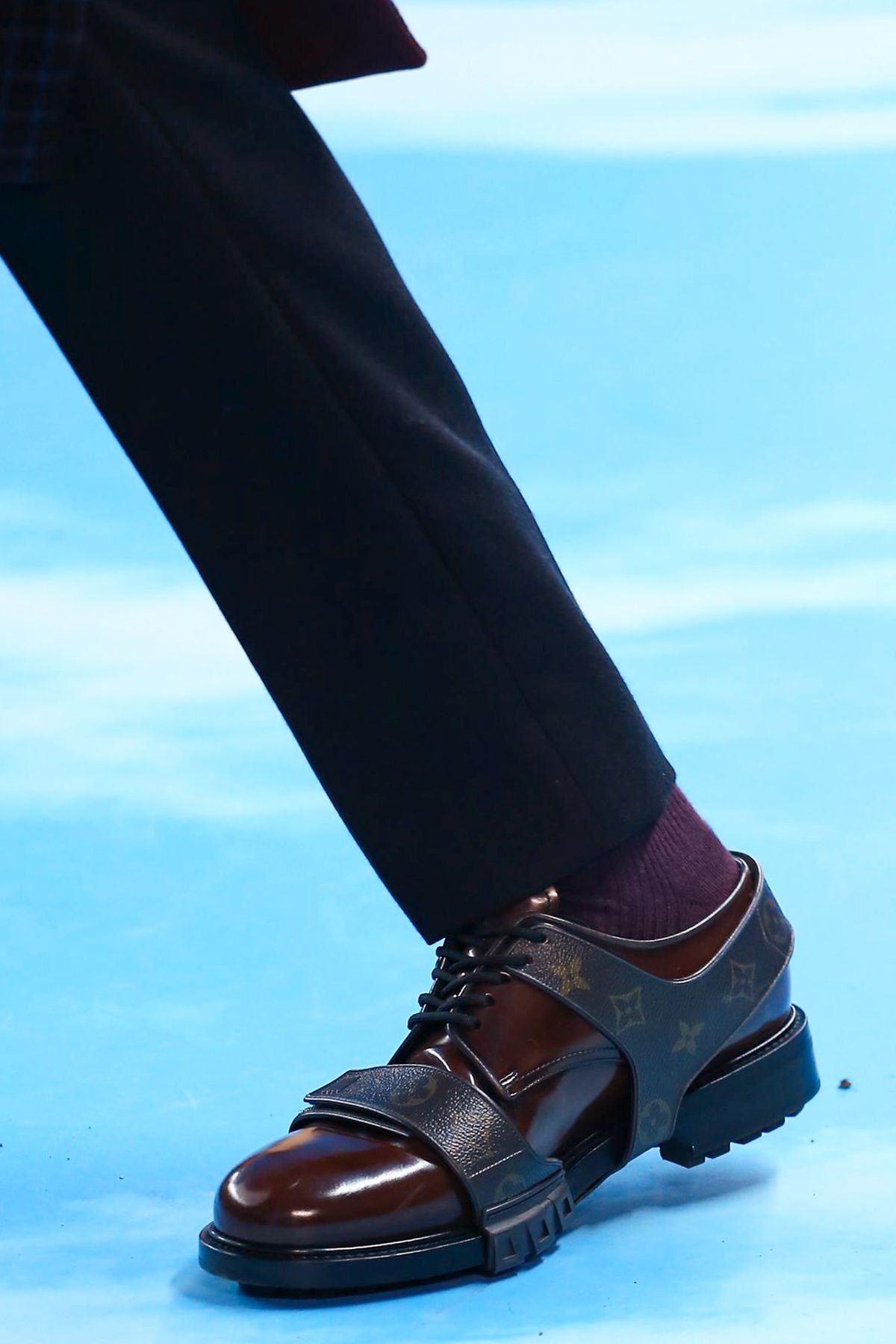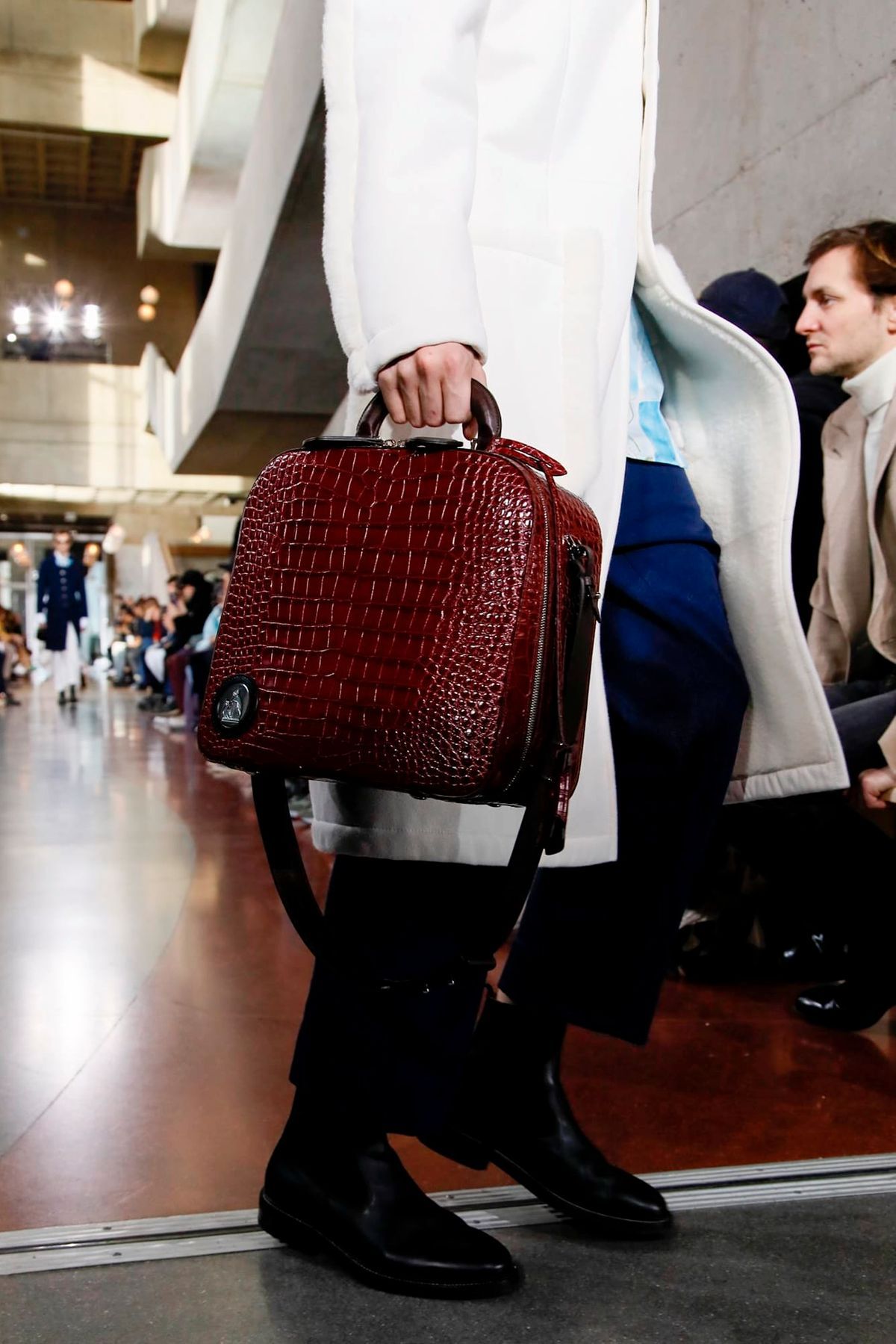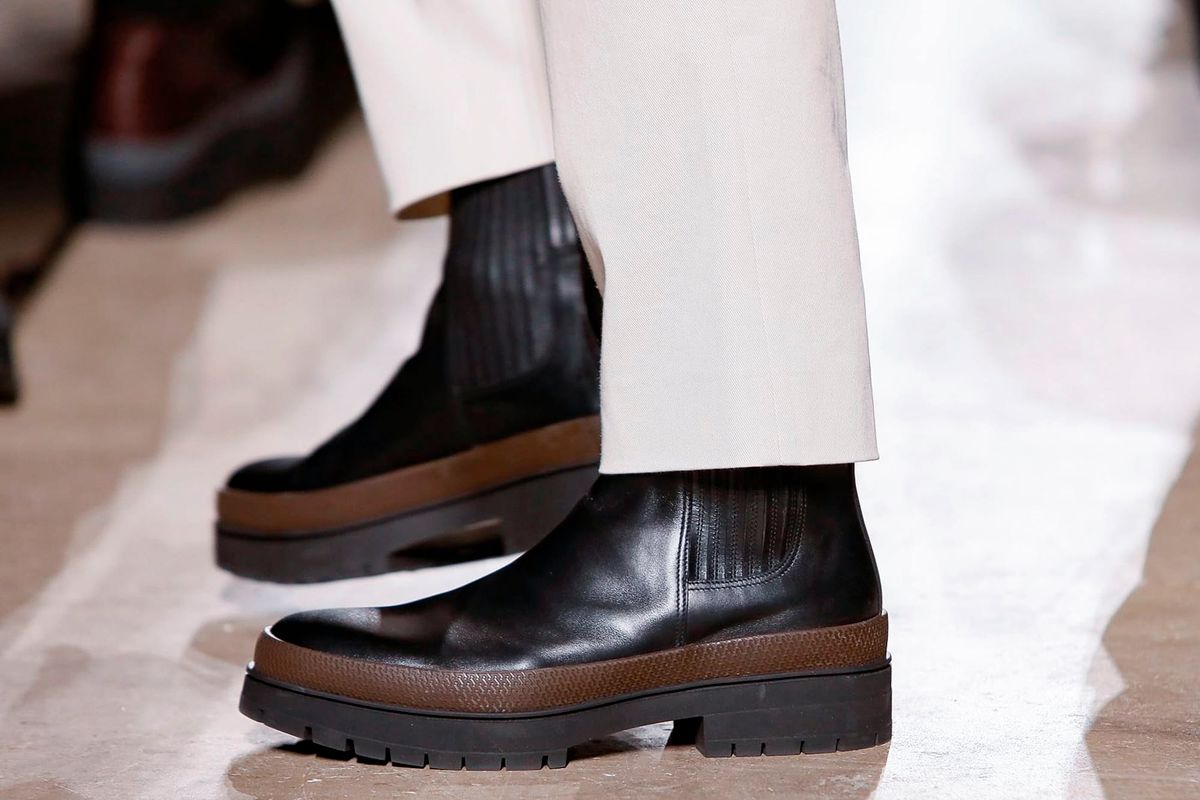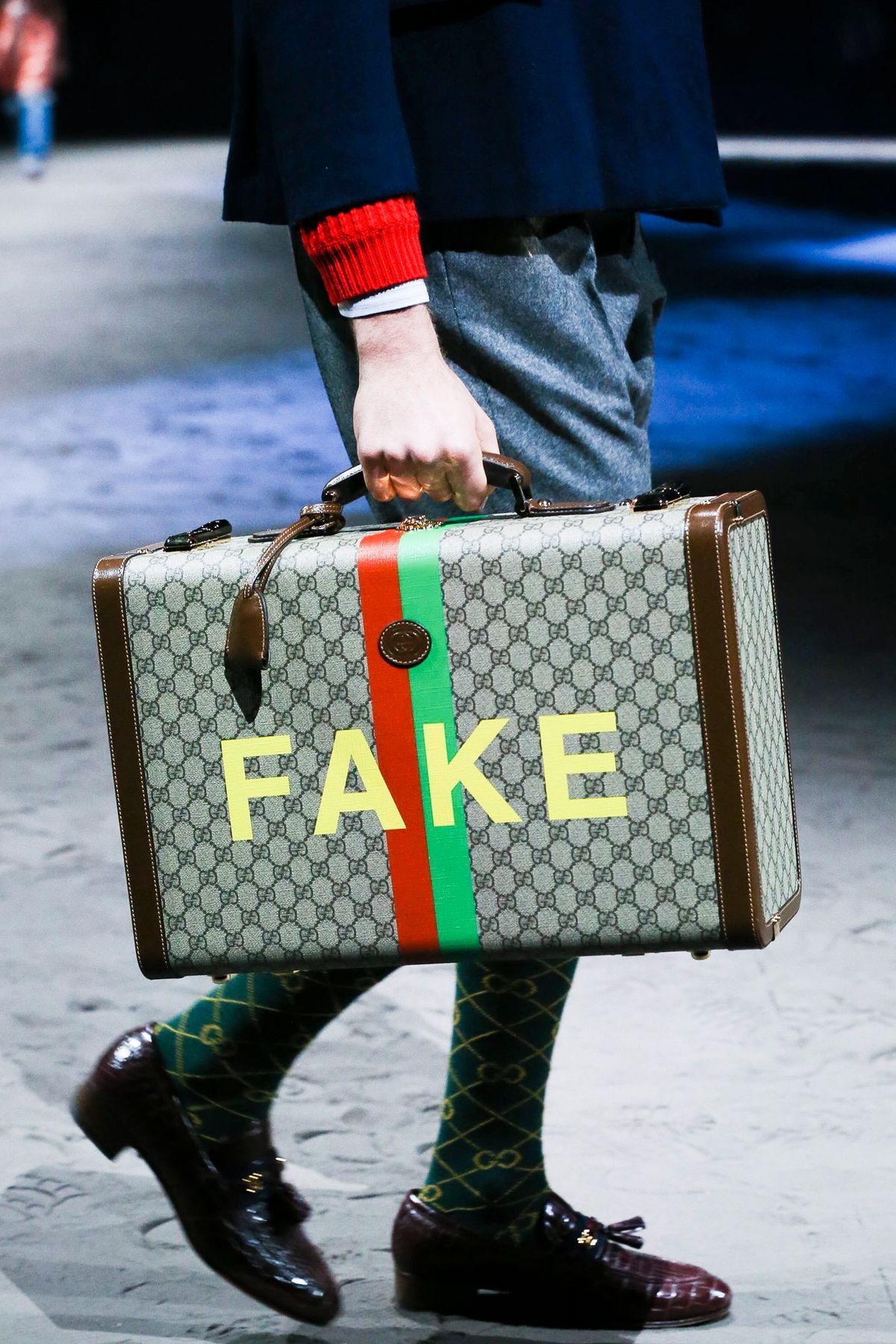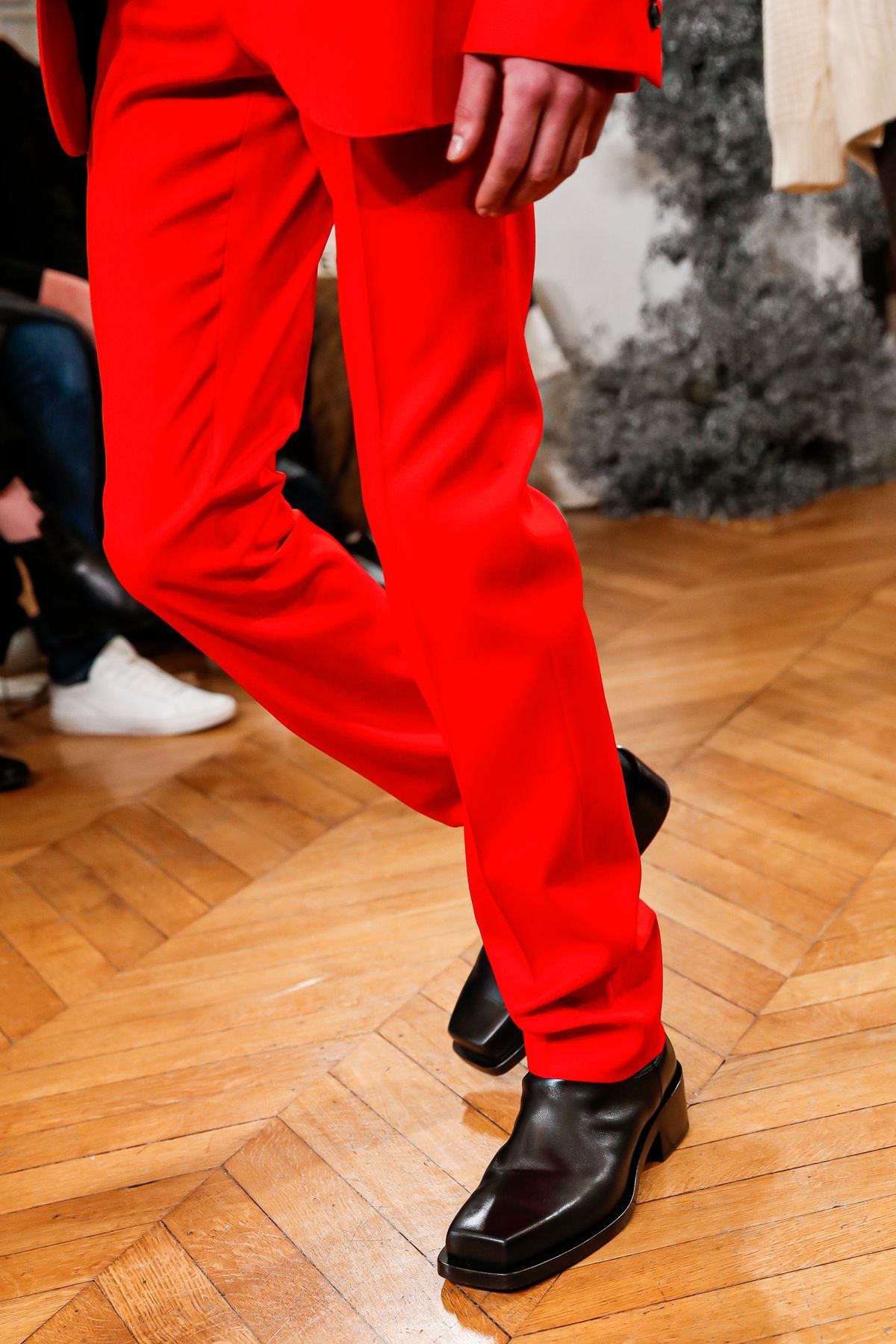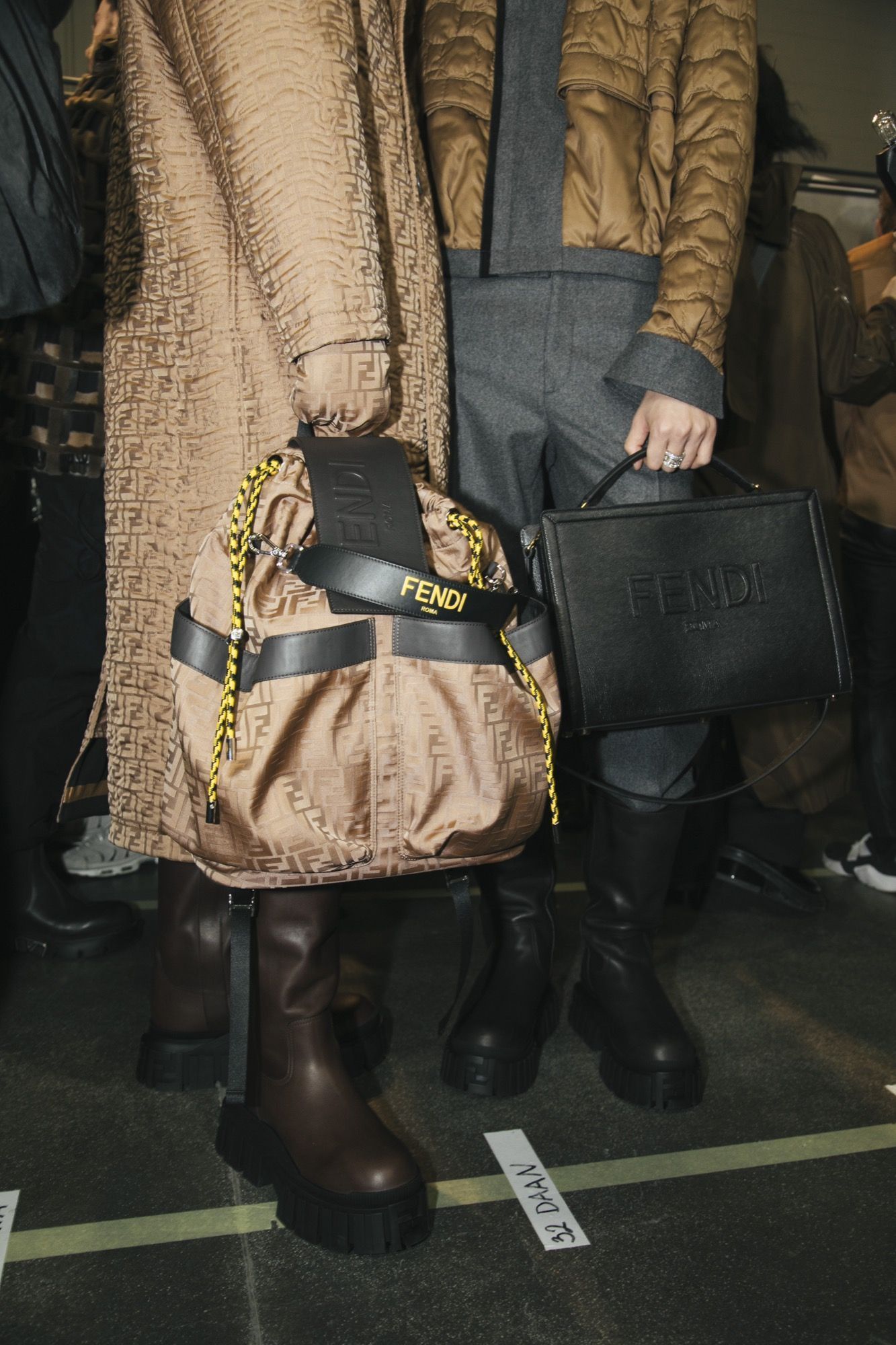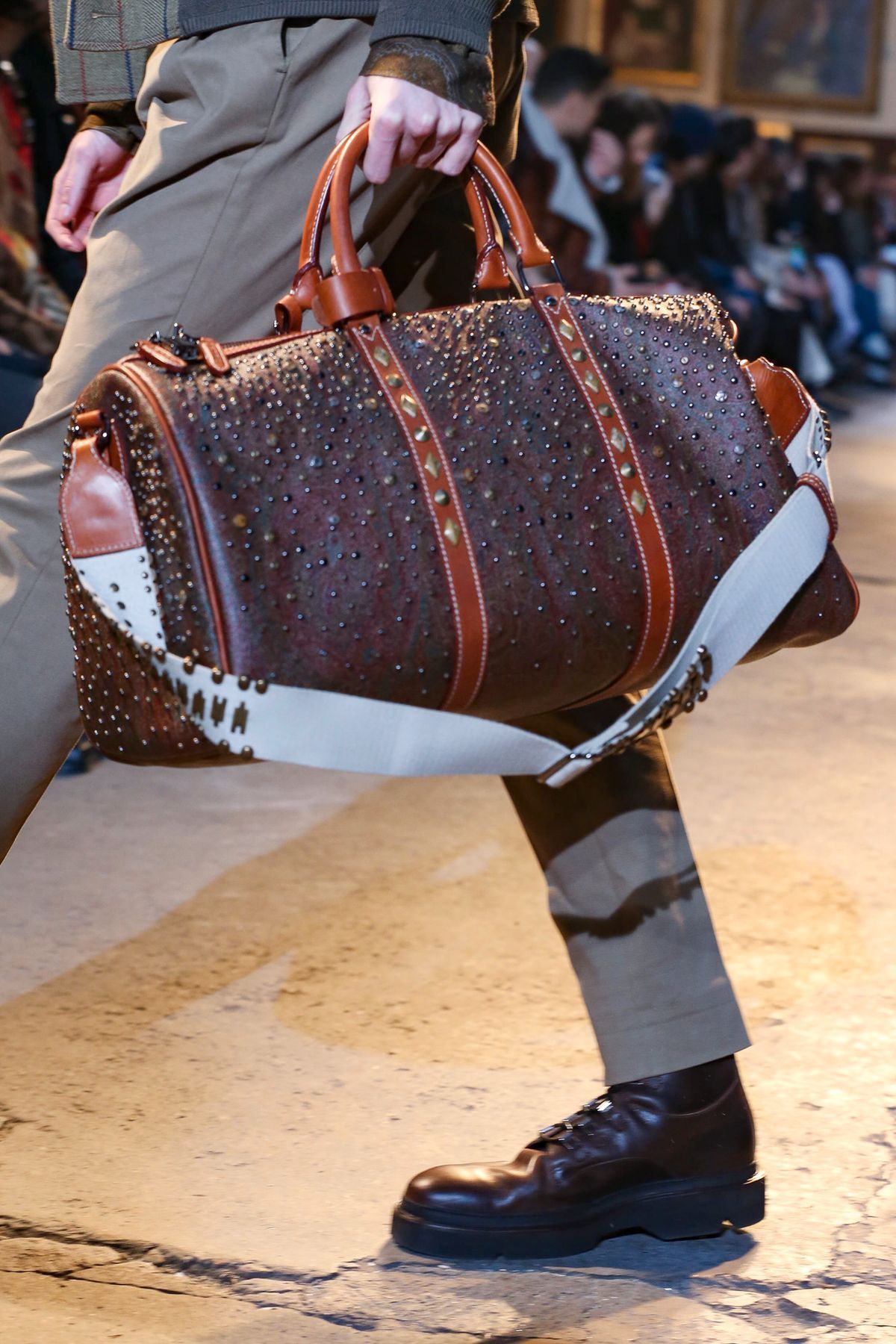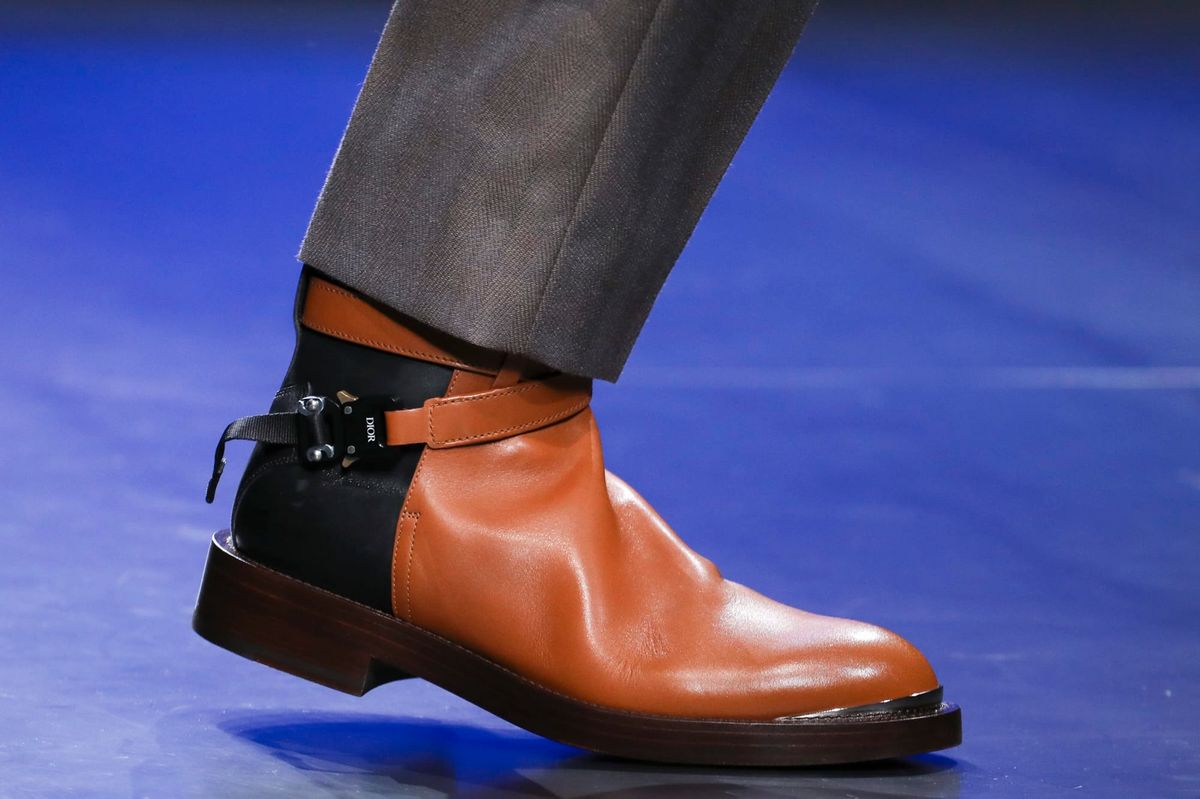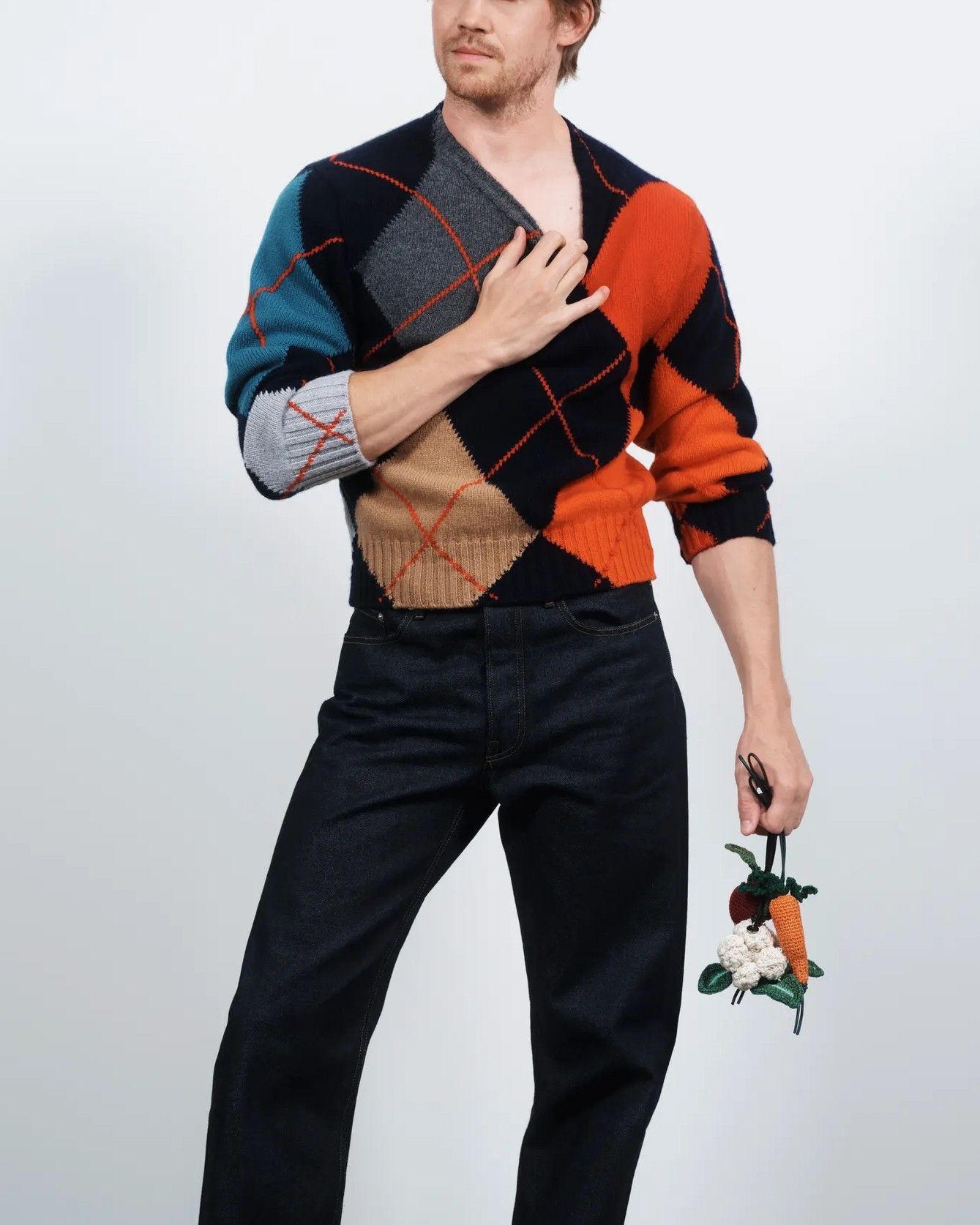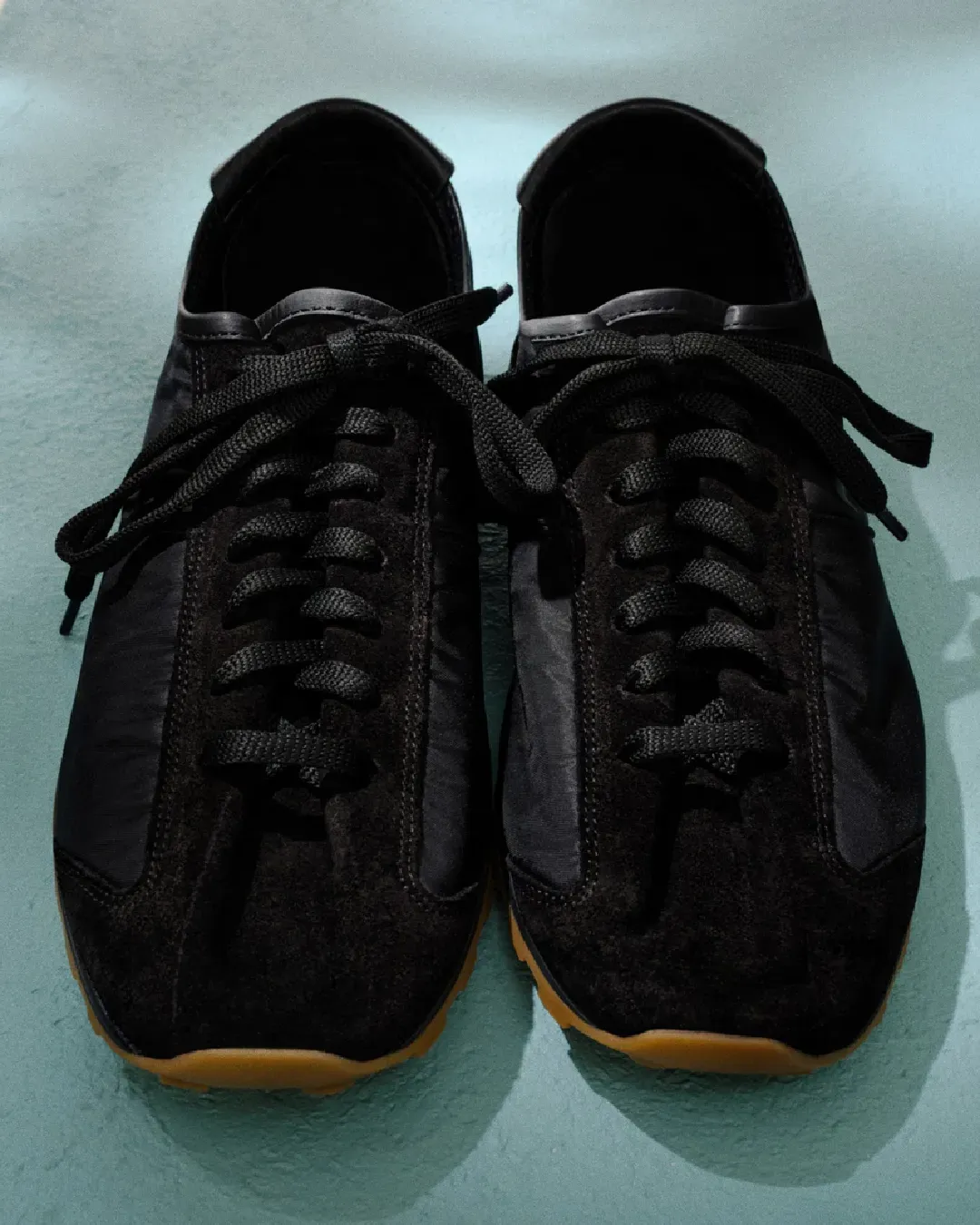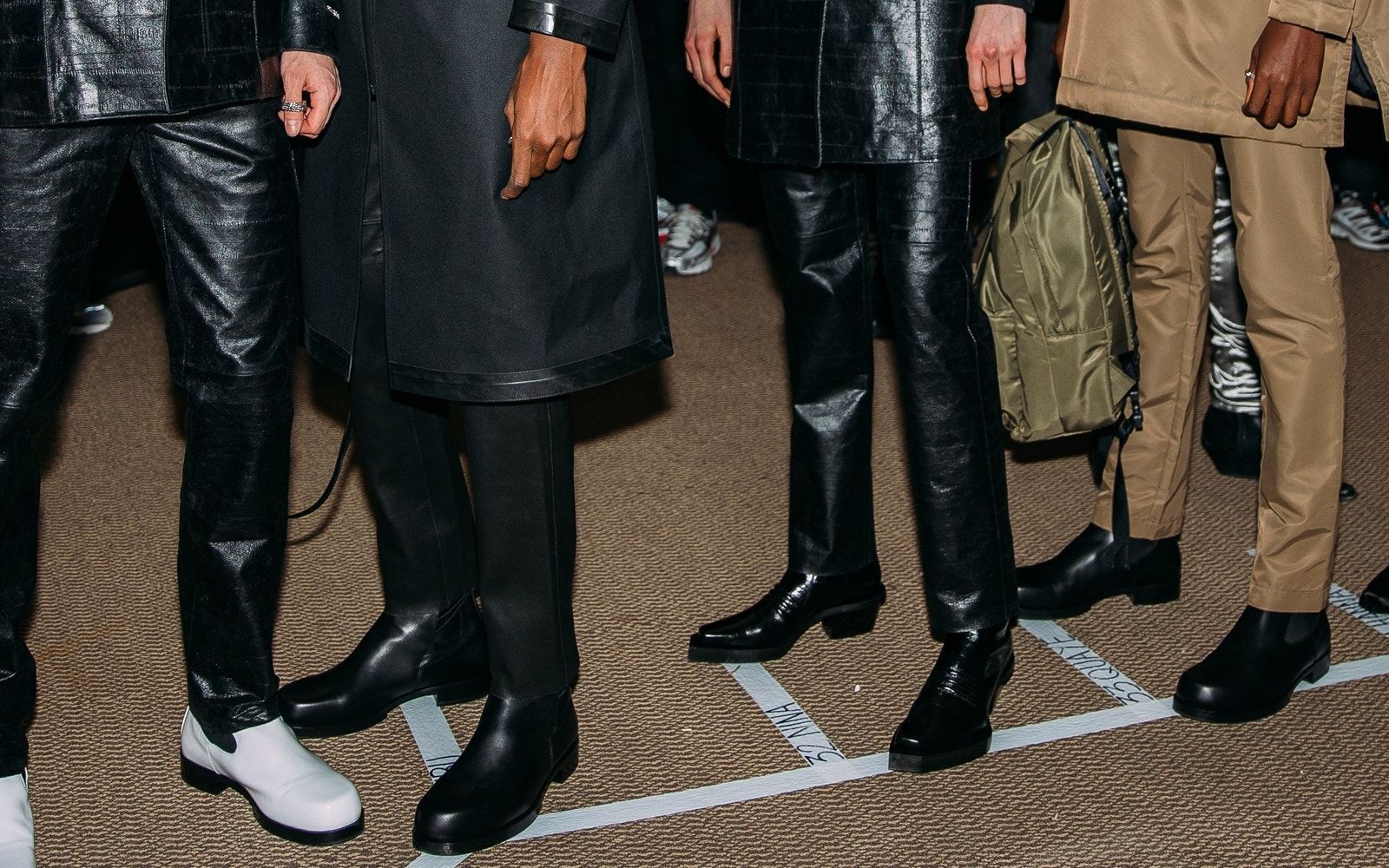
Why 2020 will be the year of the formal shoe A trend that has grown in recent seasons and exploded this year
During the streetwear wave of the past years, each brand has produced its own sneaker with quite alternating results. This year, however, the fashion industry has scaled back its role, giving it a minority position compared to more formal footwear solutions. Perhaps Virgil Abloh's prophecy about the death of streetwear also applies to sneakers too. How many collaborations and reissues can you collect? How many different versions of the same adidas Superstar can be made? How many colorways and eccentric reinventions of the same Air Jordans will we have to see again? According to a report by Lyst, the leading search engine in the fashion industry, the 2020 statistics speak of a return to the origins and minimalism with regard to footwear, with a movement that sees simpler and more discreet sneakers come back into vogue. If confirmed in the coming months, this trend could indicate an imminent and broader change that will involve the entire phenomenon of streetwear, of which, in the last ten years, the sneaker have been the focus: the return of the formal shoe.
This year both on the catwalks of Paris and on those of Milan the formal leather shoes, classic or updated according to more daring designs, have been ubiquitous with the consequence of decreasing the presence of sneakers. It must be said, however, that in these fashion weeks there have been no notable collaborations, but they have been singular occasions and their presence has not been as pervasive as in the past. Thanks to the passage of the streetwear-wave, fashion has softened that rigidity often associated with formalwear but without obfuscating the sense of prestige and status that comes with it. In the case of more experimental brands, such as Raf Simons and GmbH, there were interesting hybridizations between the two categories of footwear while Kim Jones from Dior or Abloh from Vuitton played with the juxtaposition of patterns and materials or with the shape and size of the soles. In general, however, formal leather shoes have dominated, especially in the Wellington Boot version popularized by Daniel Lee with Bottega Veneta last year, and in the ubiquitous Chelsea Boot and Derby Shoe.
Another mainstay of the formal footwear is the loafer. After a period of oblivion due to the rise of streetwear, the loafer returned under the spotlight when Alessandro Michele rewrote its identity by sending the controversial Princetown Mule on the catwalk during his debut for Gucci's Fall 2015 collection. The Princetown Mule paved the way for all those reworkings of the loafer that, after the passage of the trend of chunky sneakers, reinvented the DNA of the shoe and that found full expression from the FW19 seasons onwards. So we had the loafers re-read by Martine Rose, the Margiela ones with a sneaker's sole, Alyx's clogs, the loafers by Dr. Martens x Stussy and so on. During the FW20 season, the loafer was reinterpreted both in the classic version, such as those of Berluti and Dries Van Noten, and in the "updated" one with unusual details (such as the massive sole of Samuel Ross or the heavily decorated one by J.W. Anderson) to the most extreme upheavals of the "aqua shoes" made by A-COLD-WALL* and Sunnei, the zip-up version sent on the catwalk by Rei Kawakubo for Comme des Garçon Homme or that strange hybrid between Ugg slippers and slip-ons that Jacquemus sent in catwalk in its latest show.
Whether it's boots, Derby shoes or loafers, anyway, this was the year the formal footwear made its big comeback, in the wider creative context in which fashion designers tried to update past masculine dress codes finding a middle ground between the timeless elegance of the past and the creativity and relaxation that the phenomenon-streetwear have made part of the new aesthetic canon. How will the public react to this change? To some extent it could be said that the public has already reacted, as reports such as Lyst's collect data in retrospect, recording phenomena occurring independently. It could be assumed that the formal shoe, whose appeal is more classic and durable than the trends that affect the world of sneakers, could respond to the needs of an audience segment that tends to favor products with longer life and high quality that an expensive build-up of collectible sneakers. What is certain is that in the future we will see changing the codes of formal clothing and soon what for many represents a simple and monotonous divided will become the new playground for old and new generations of creatives.










































